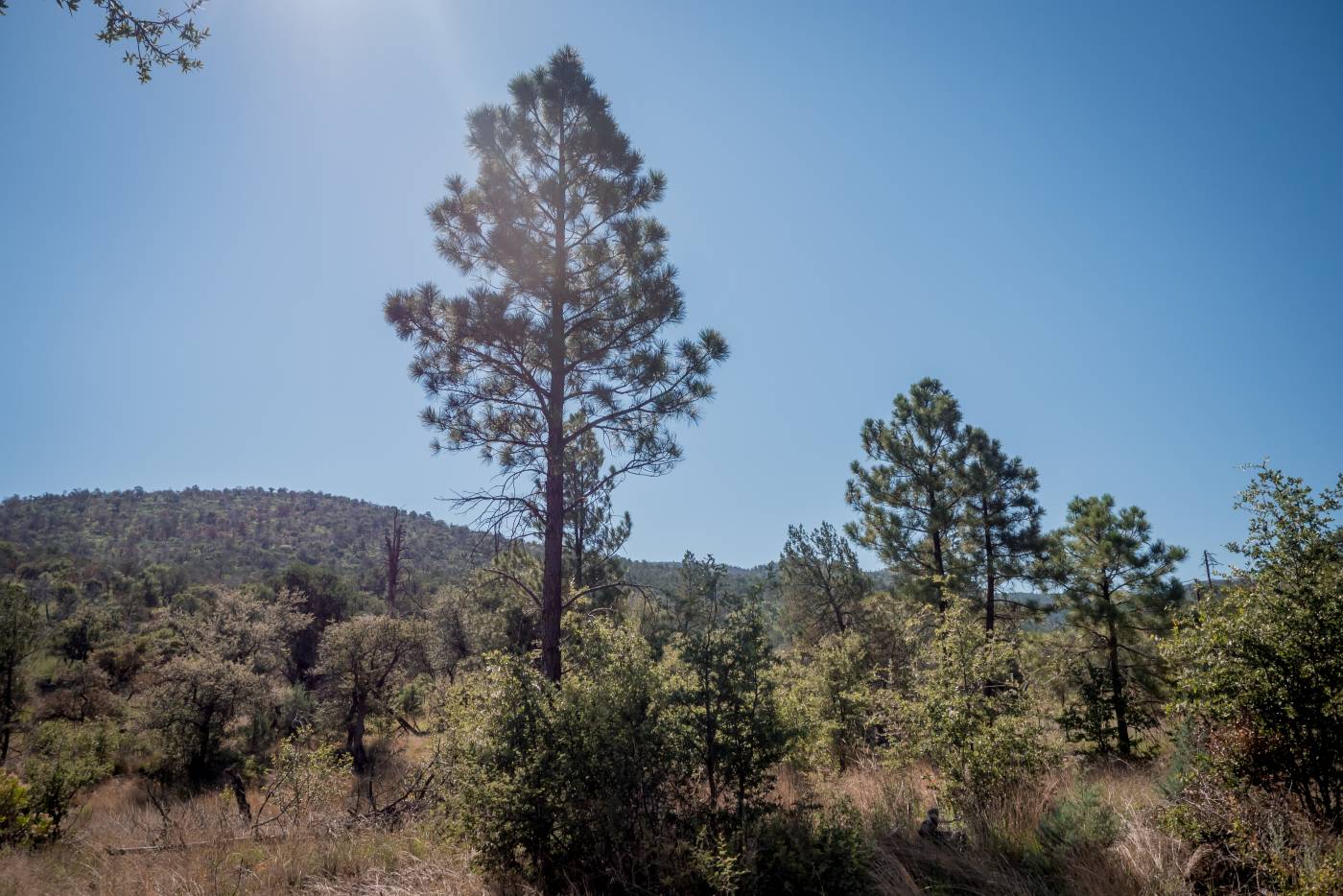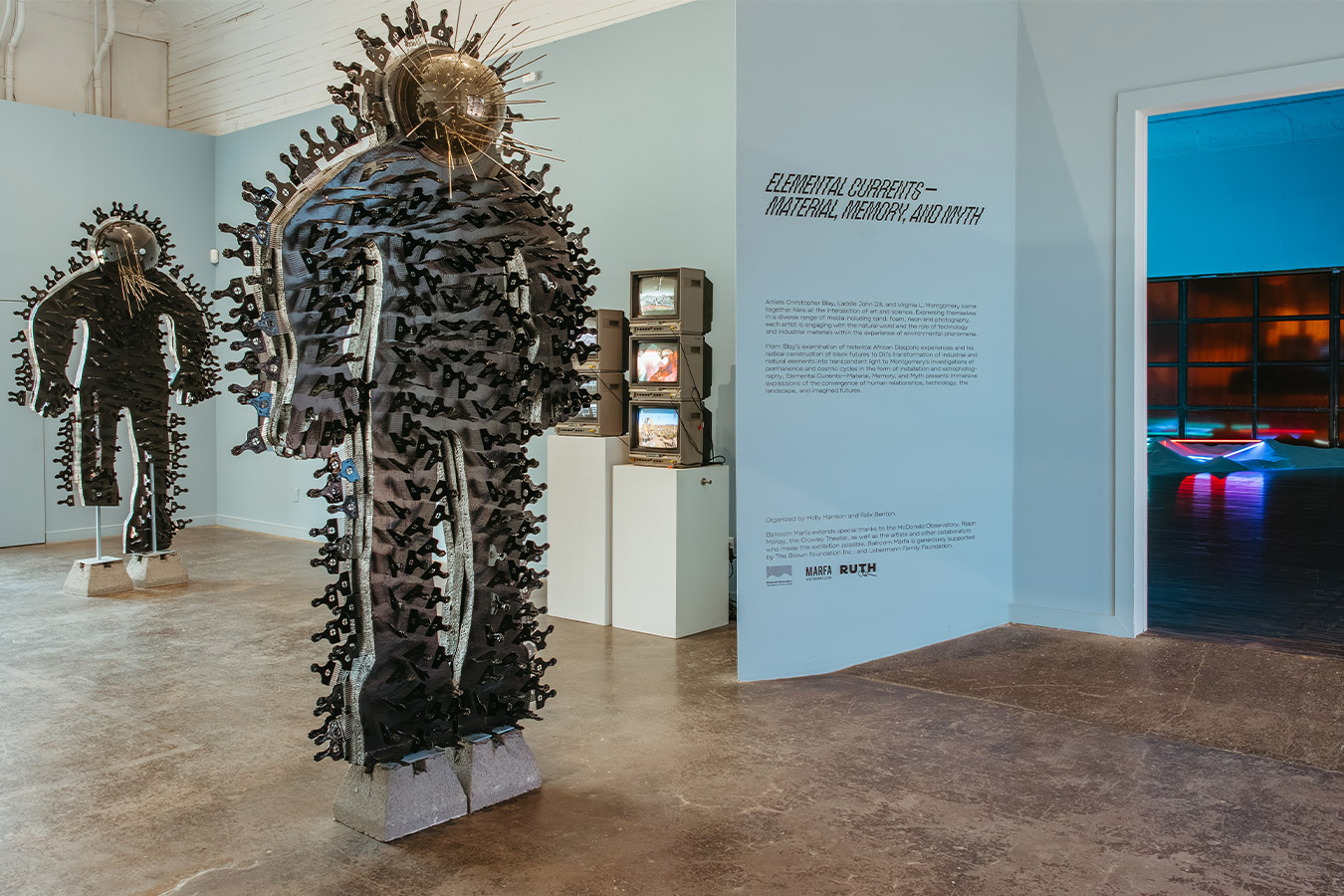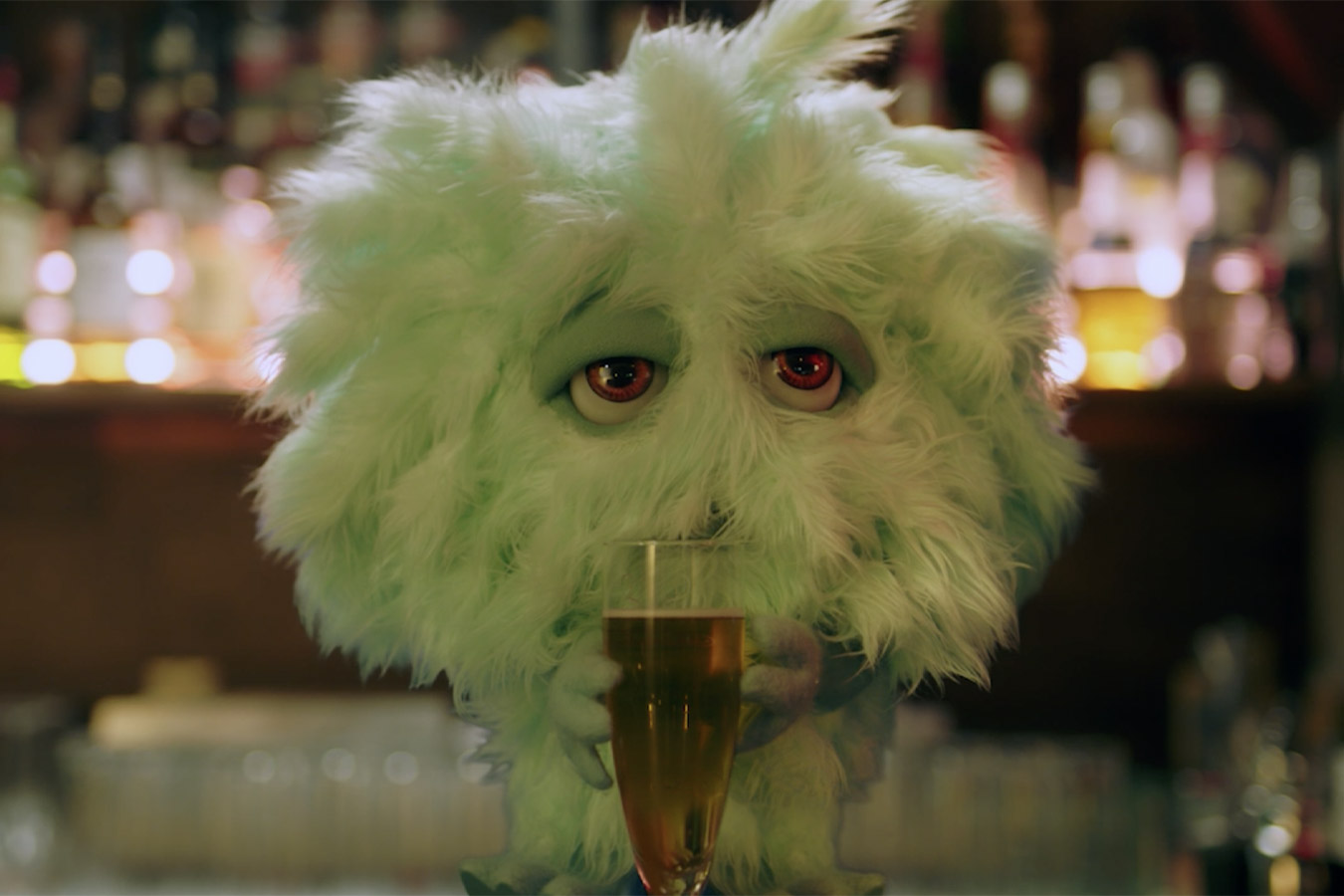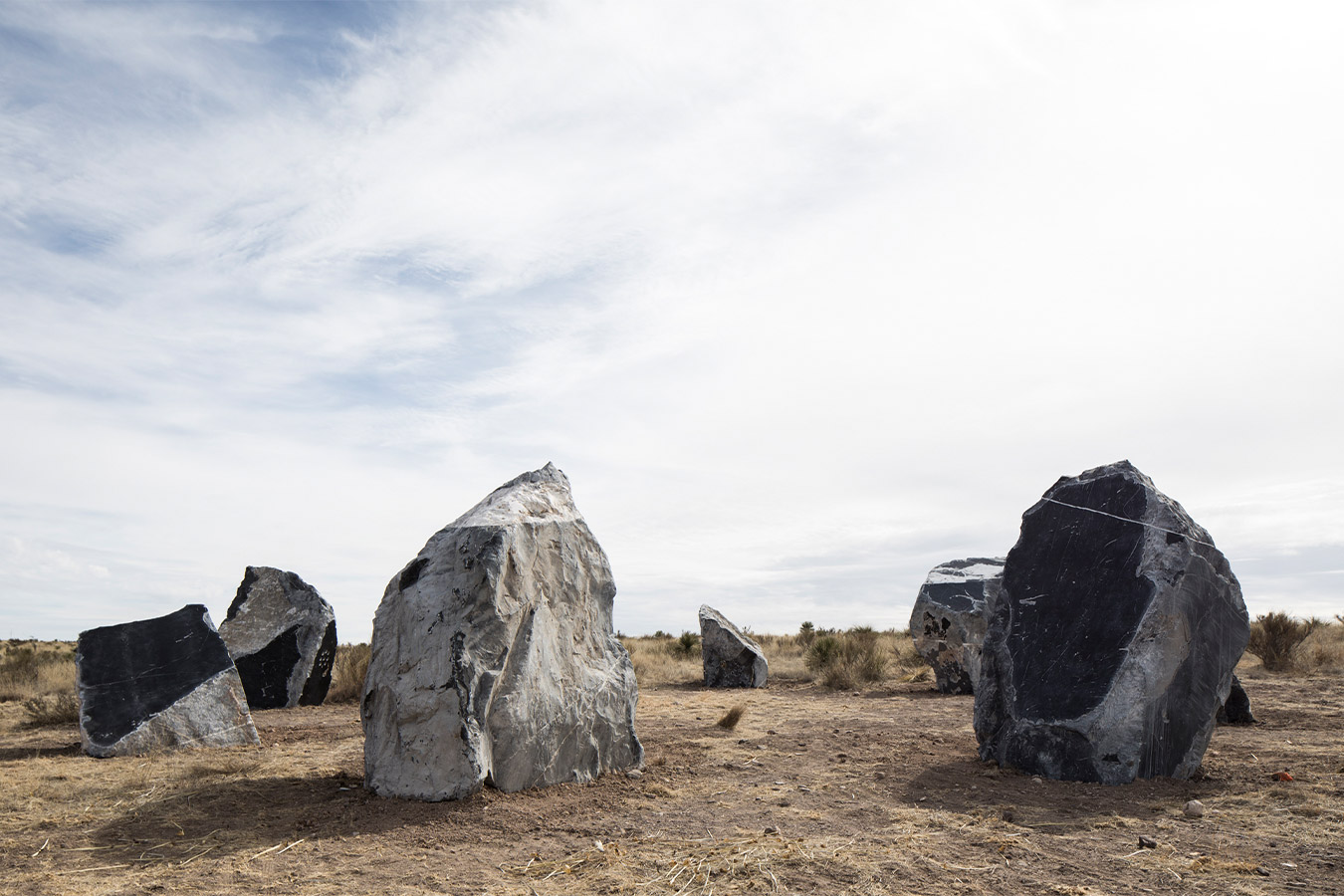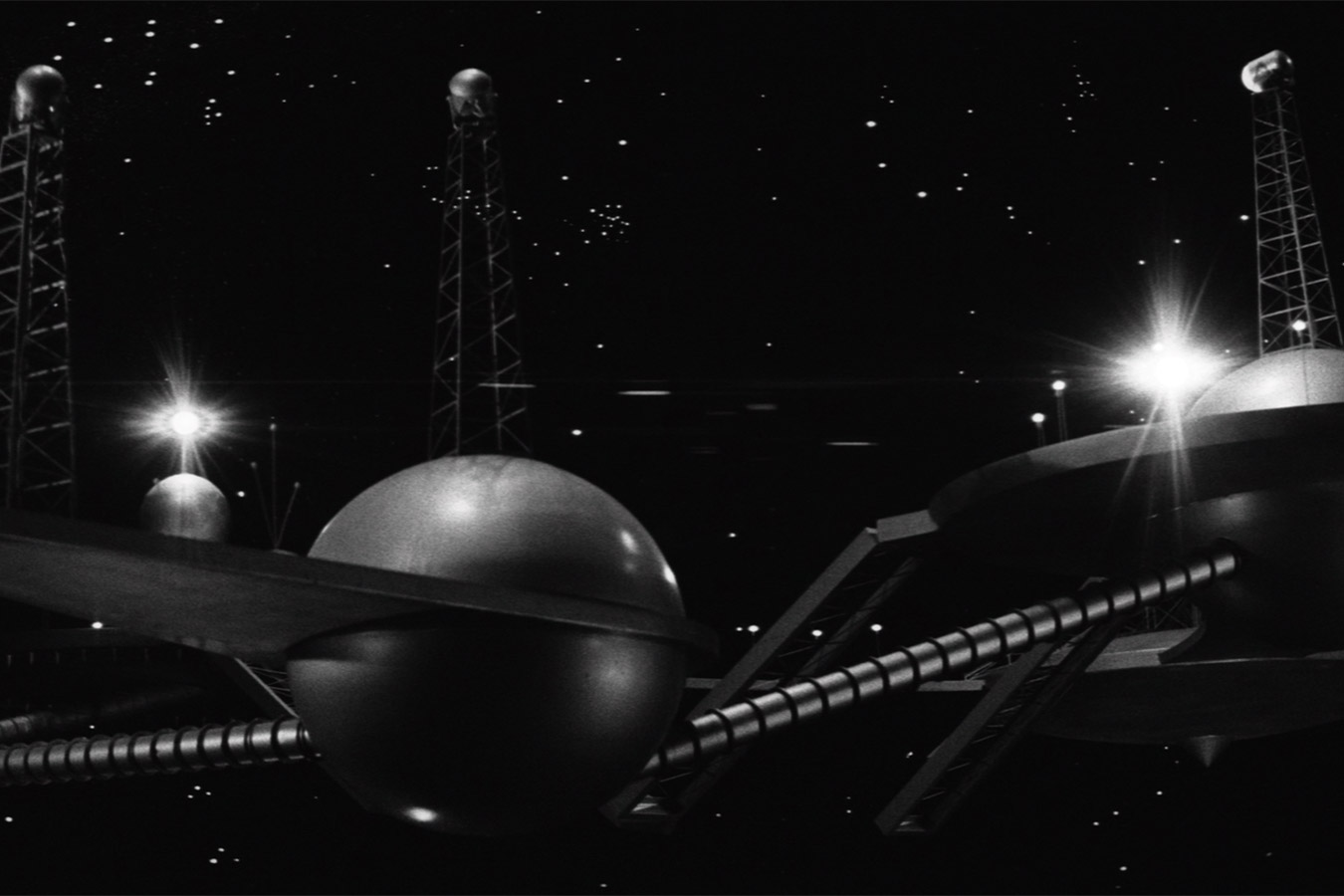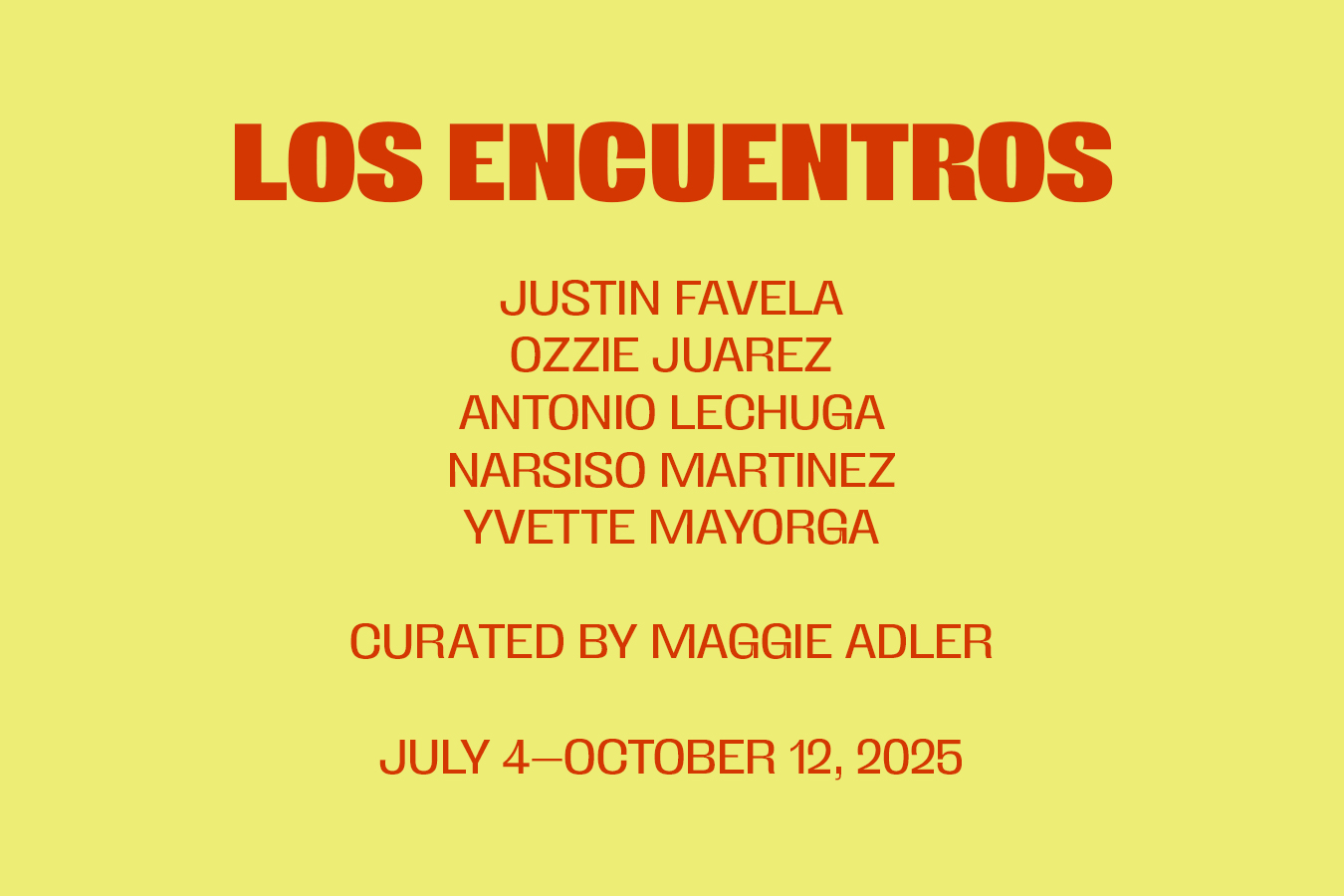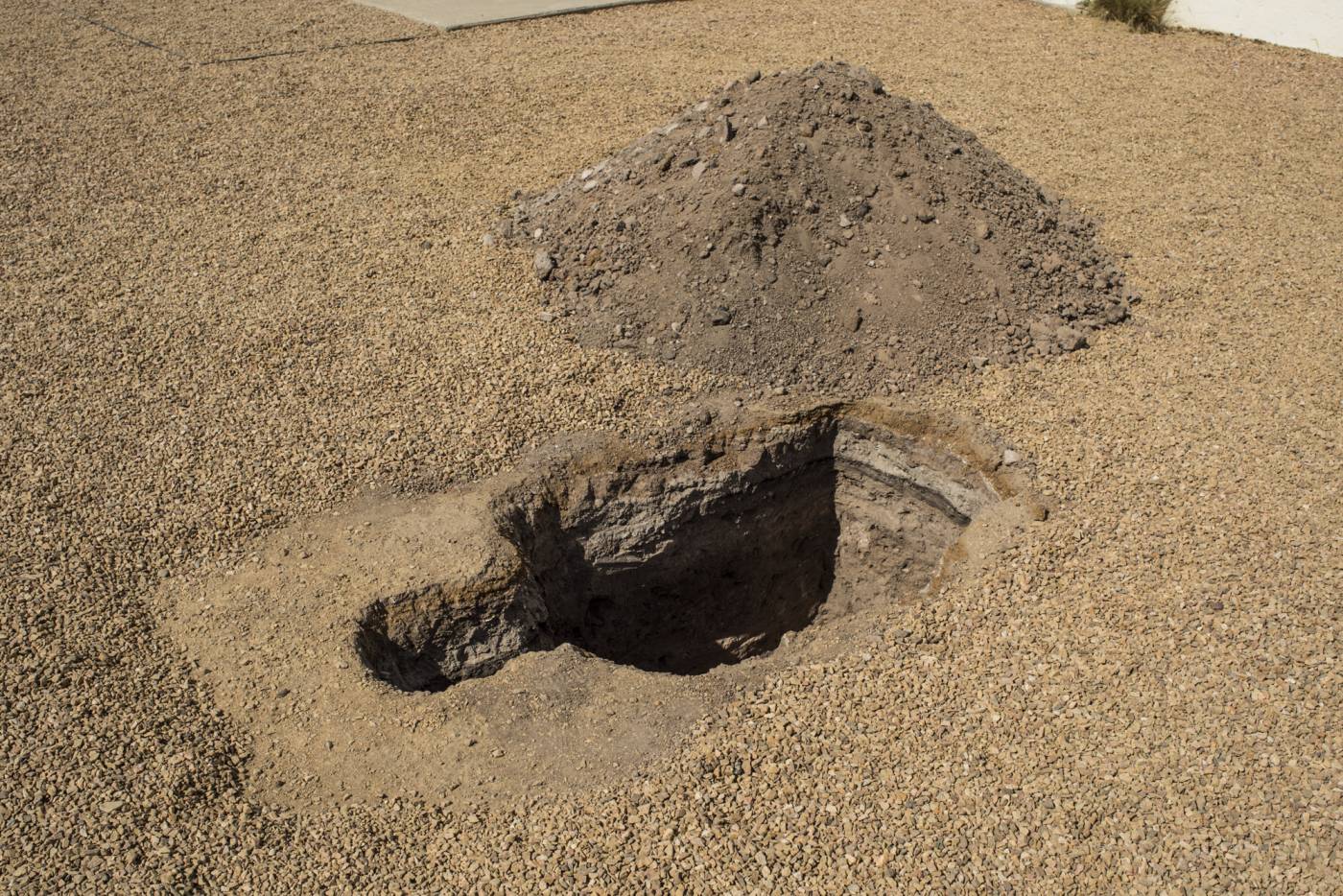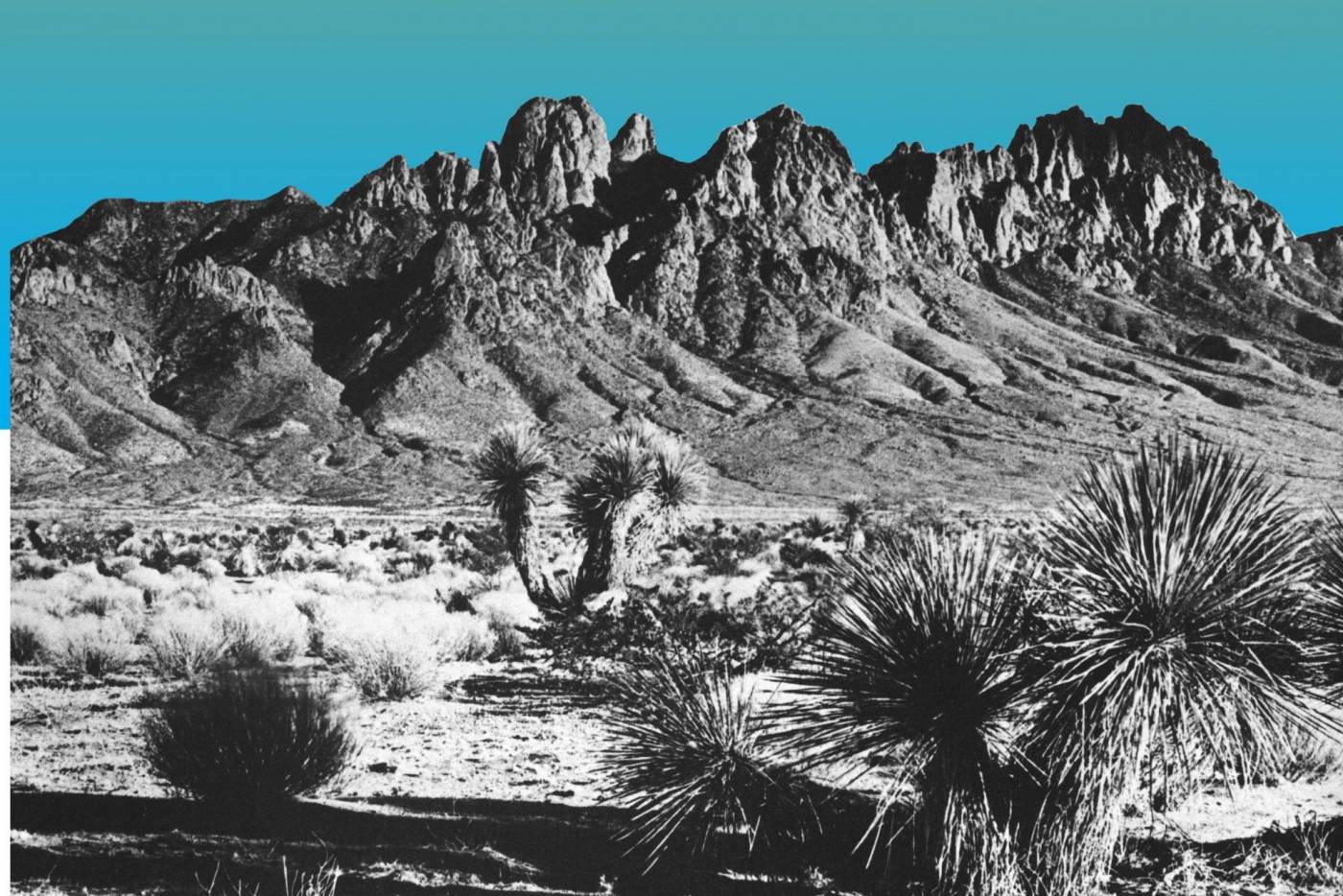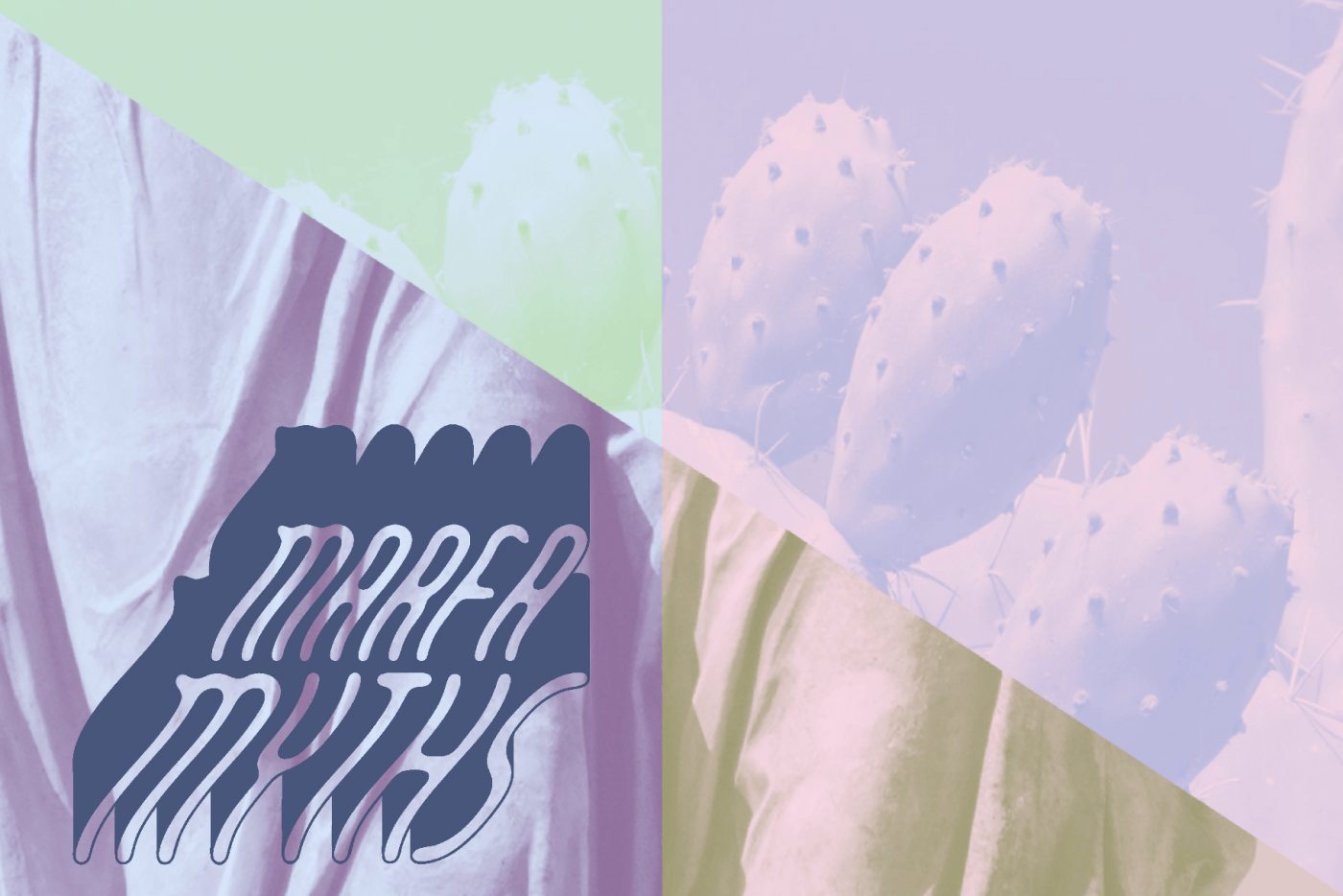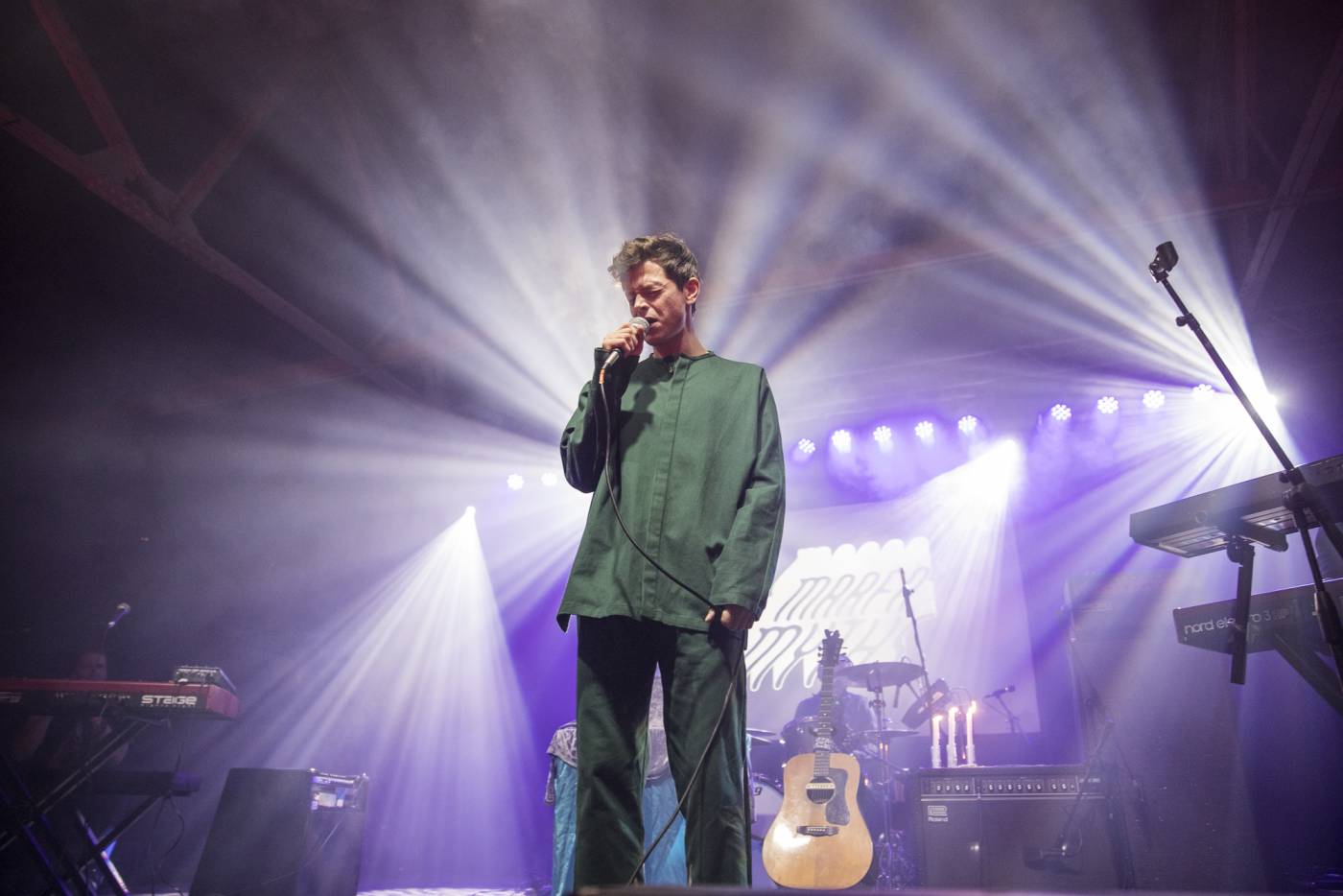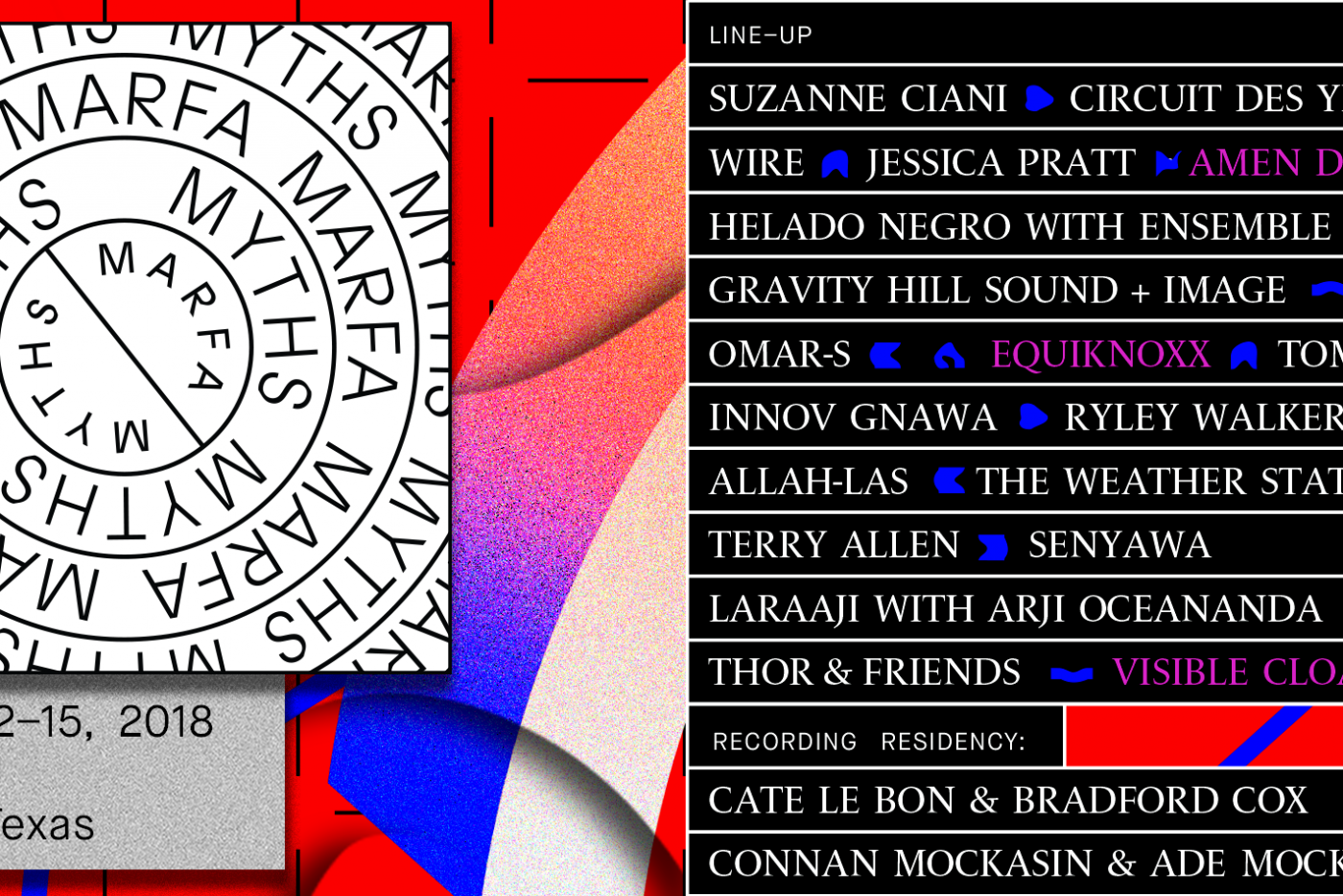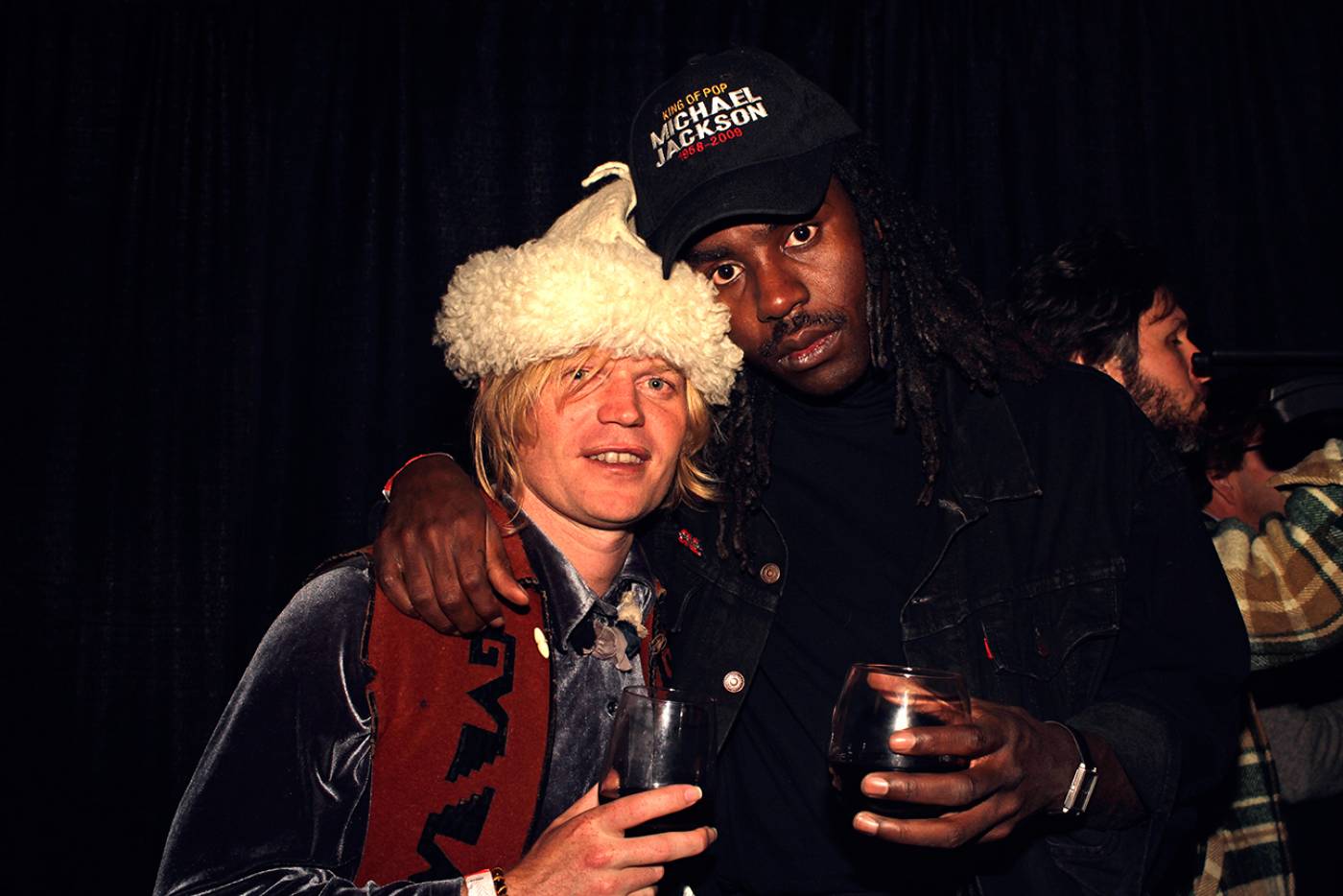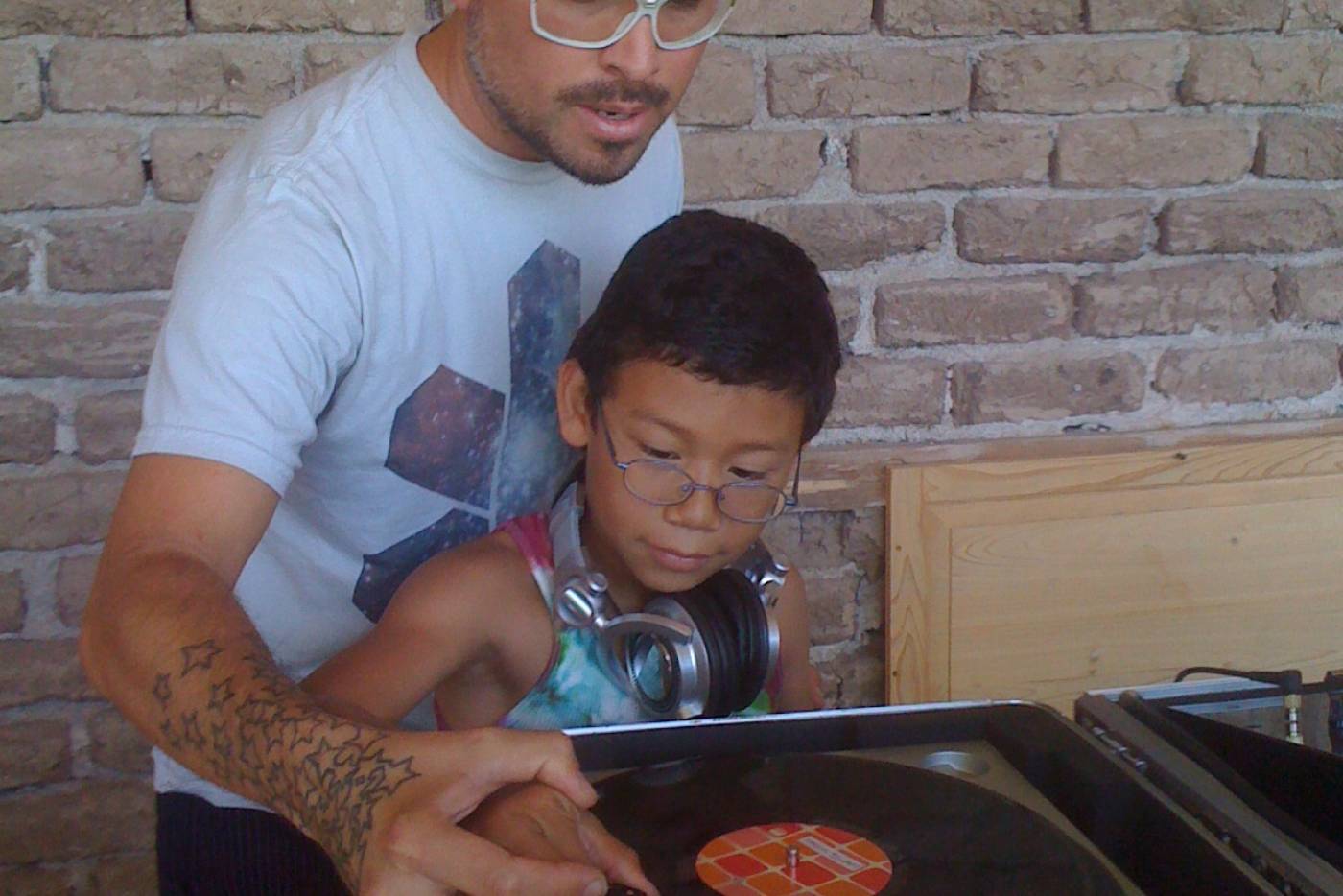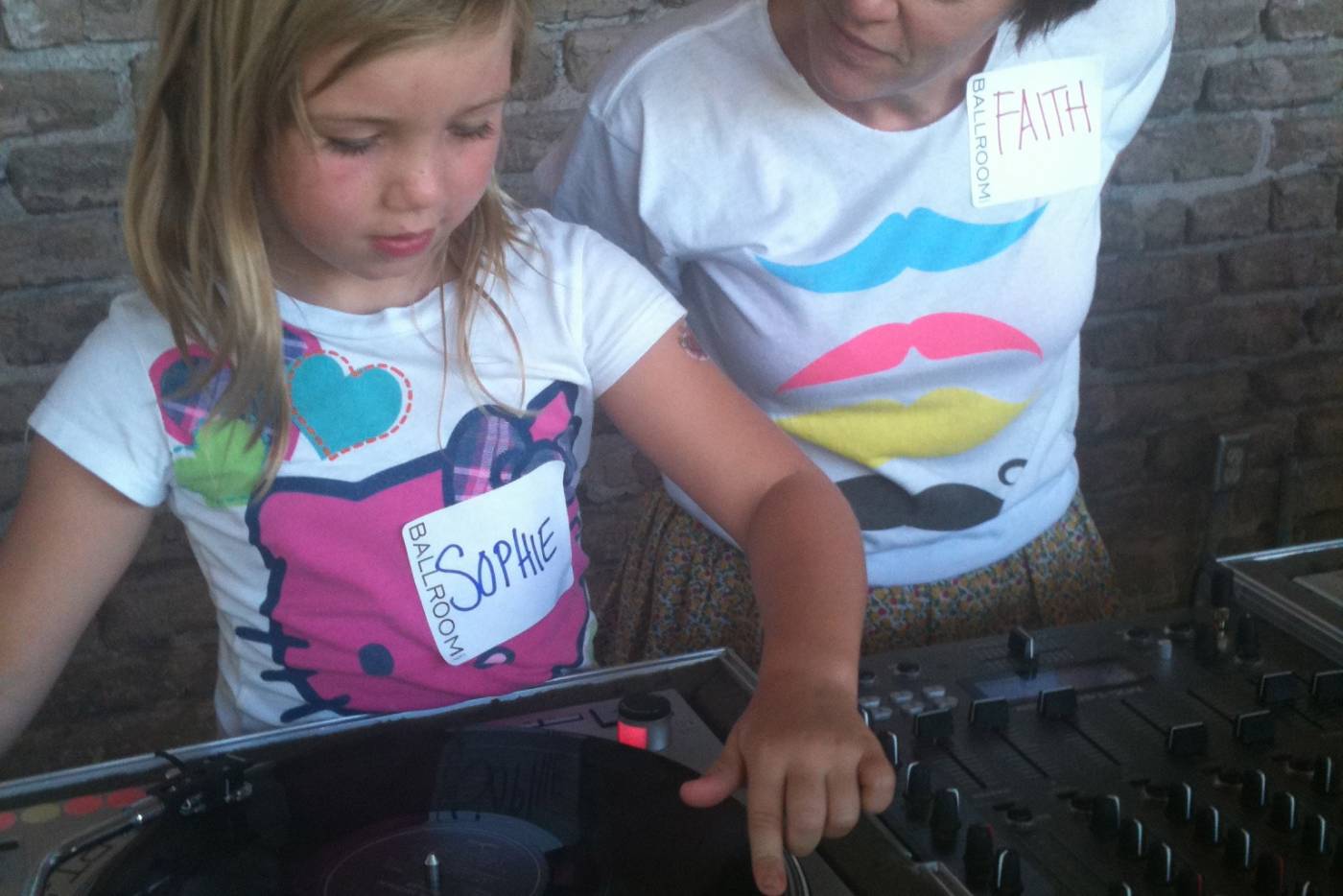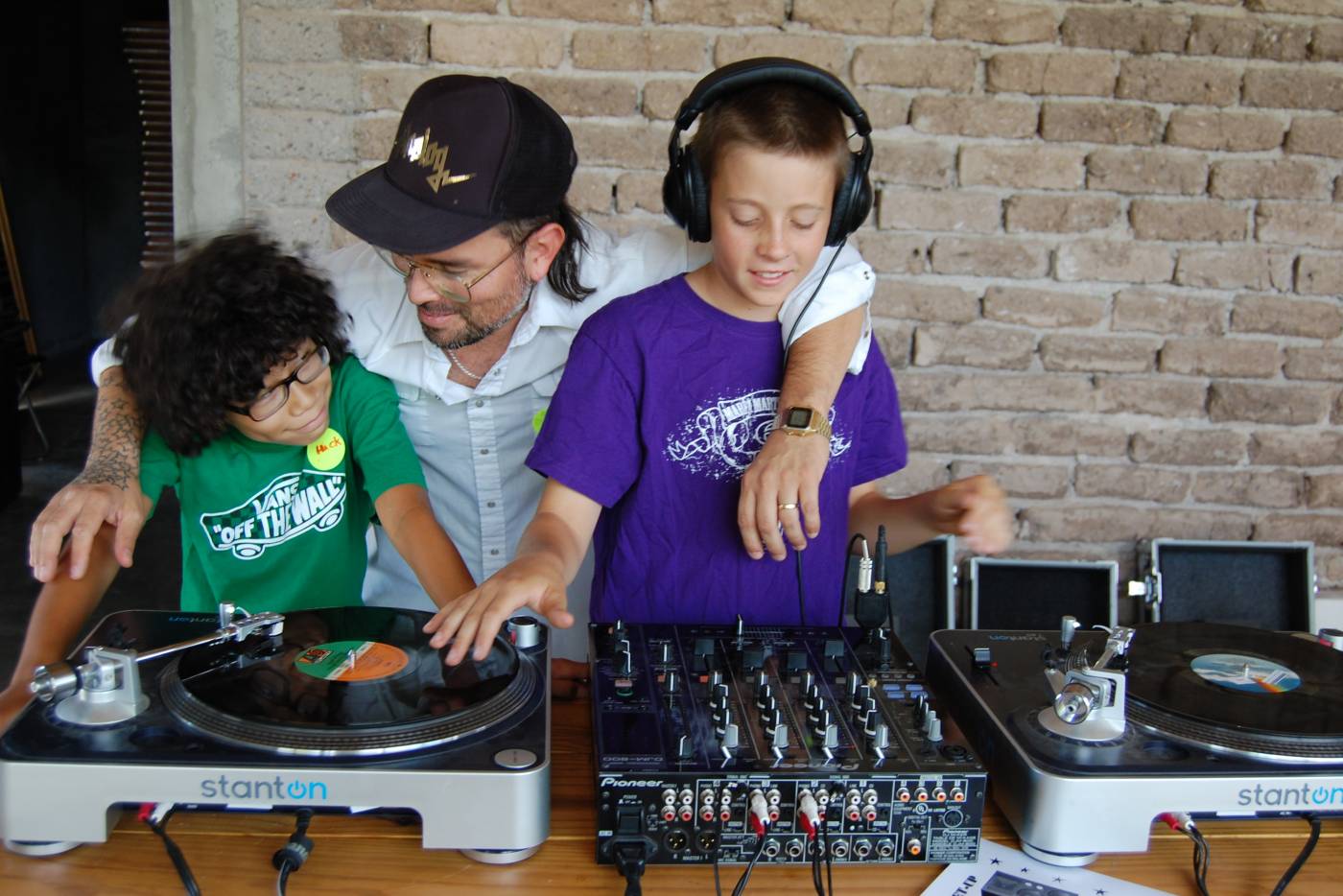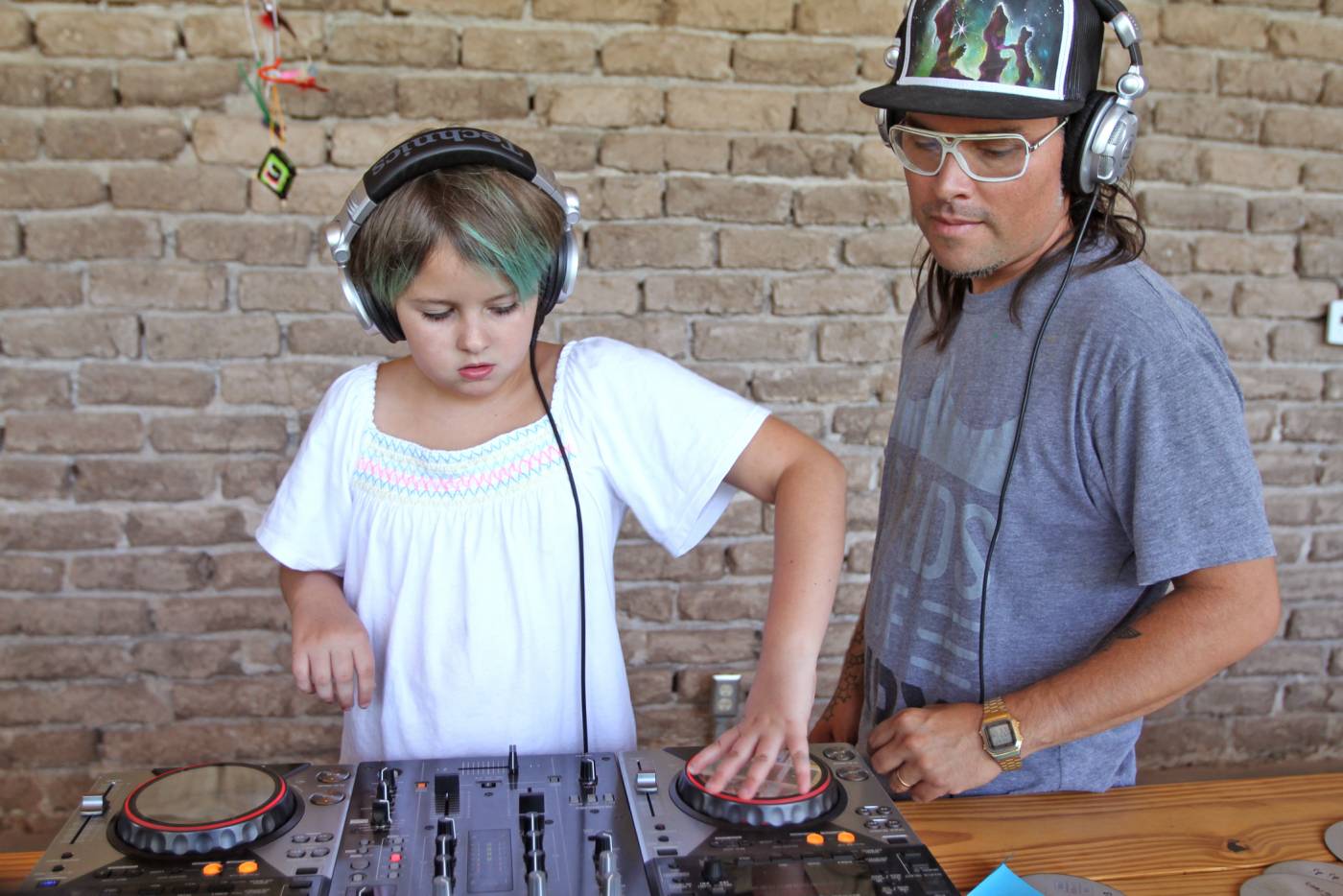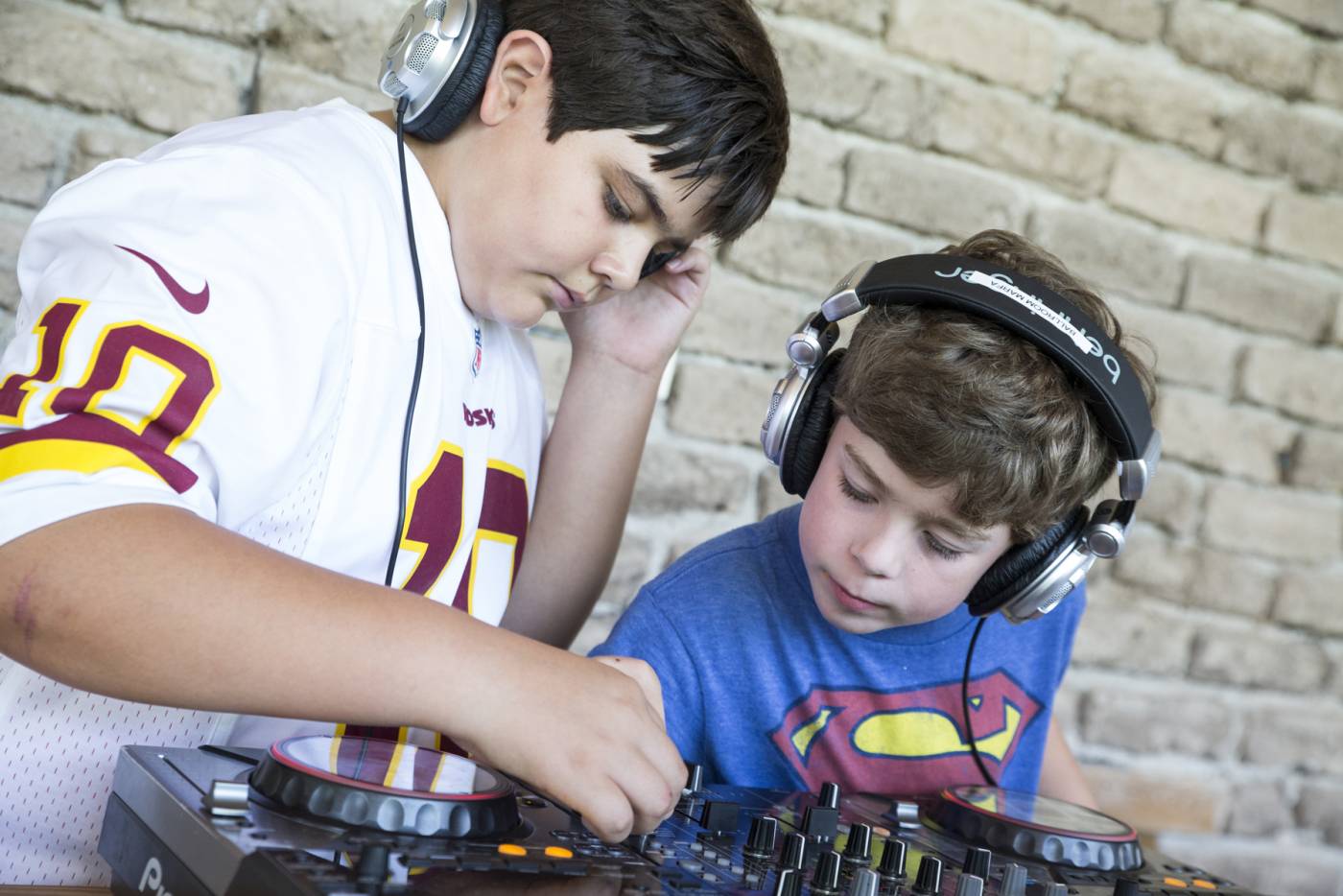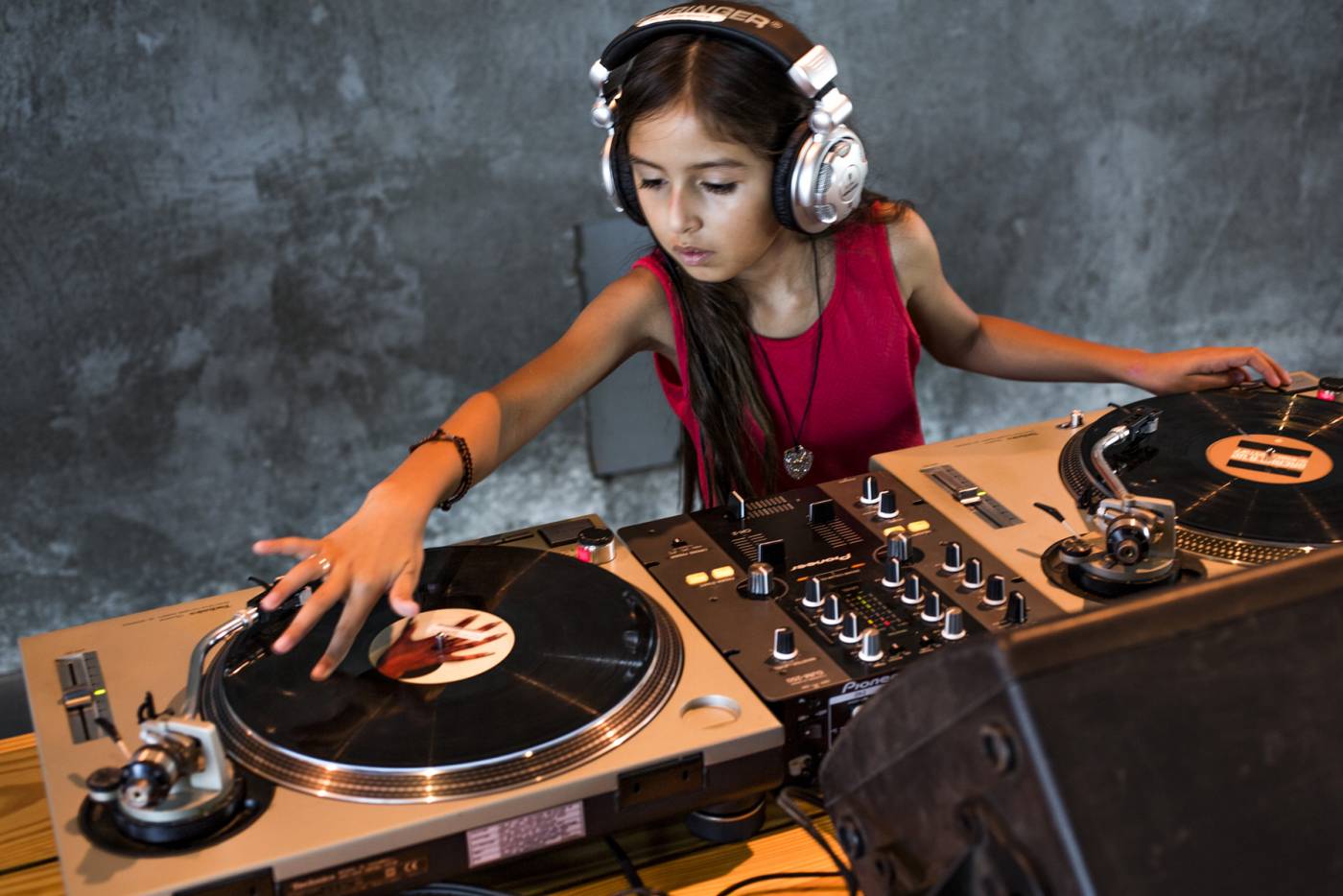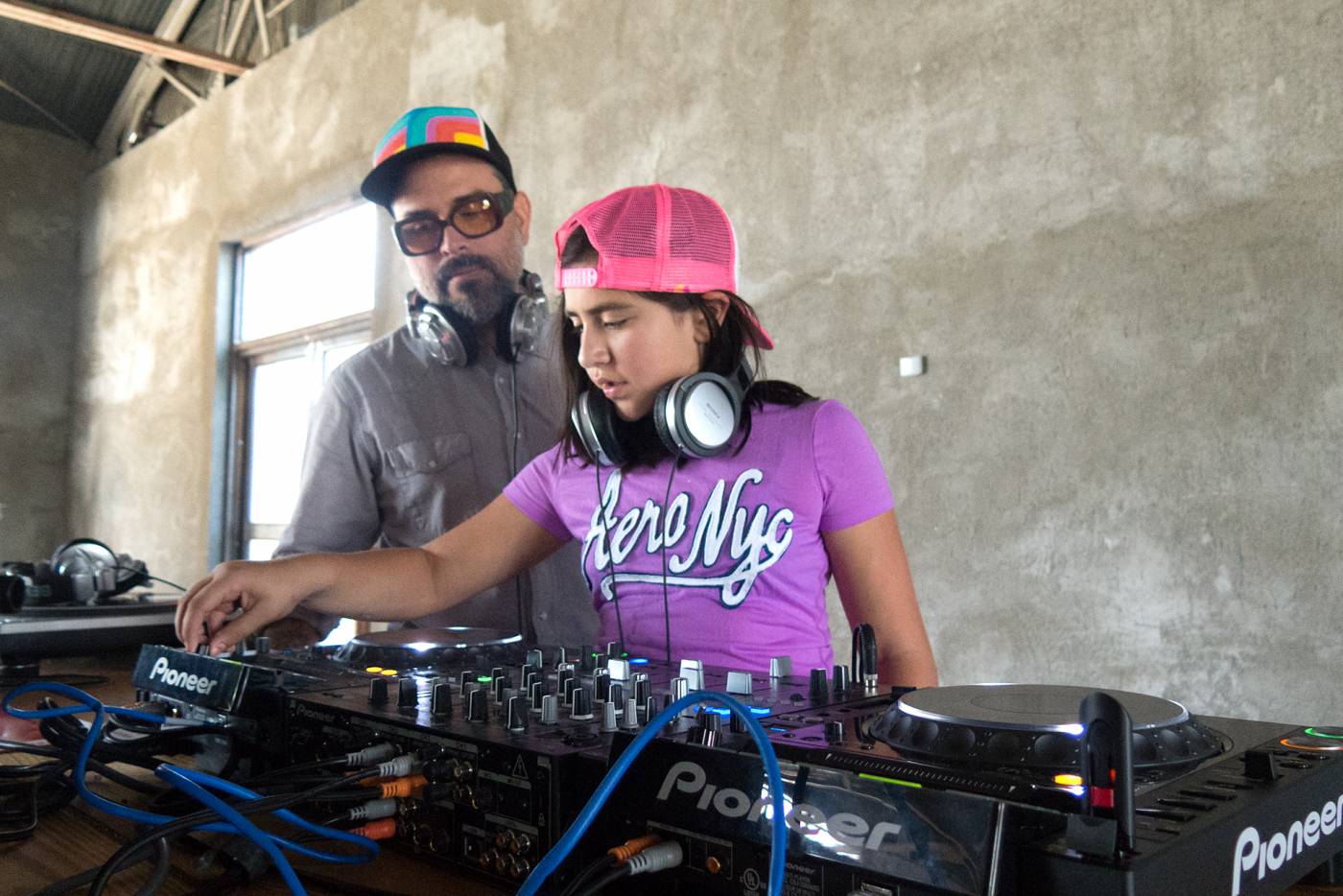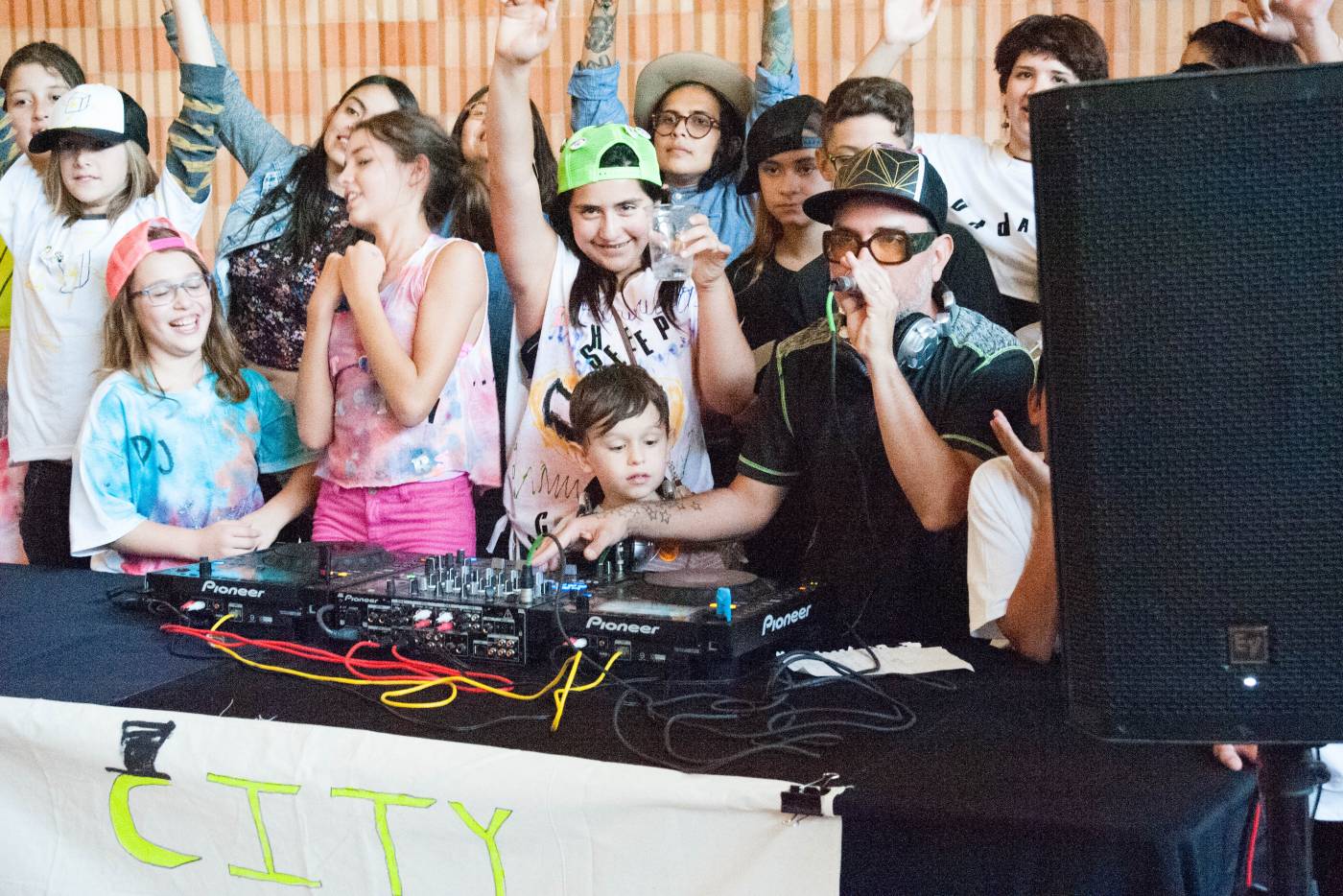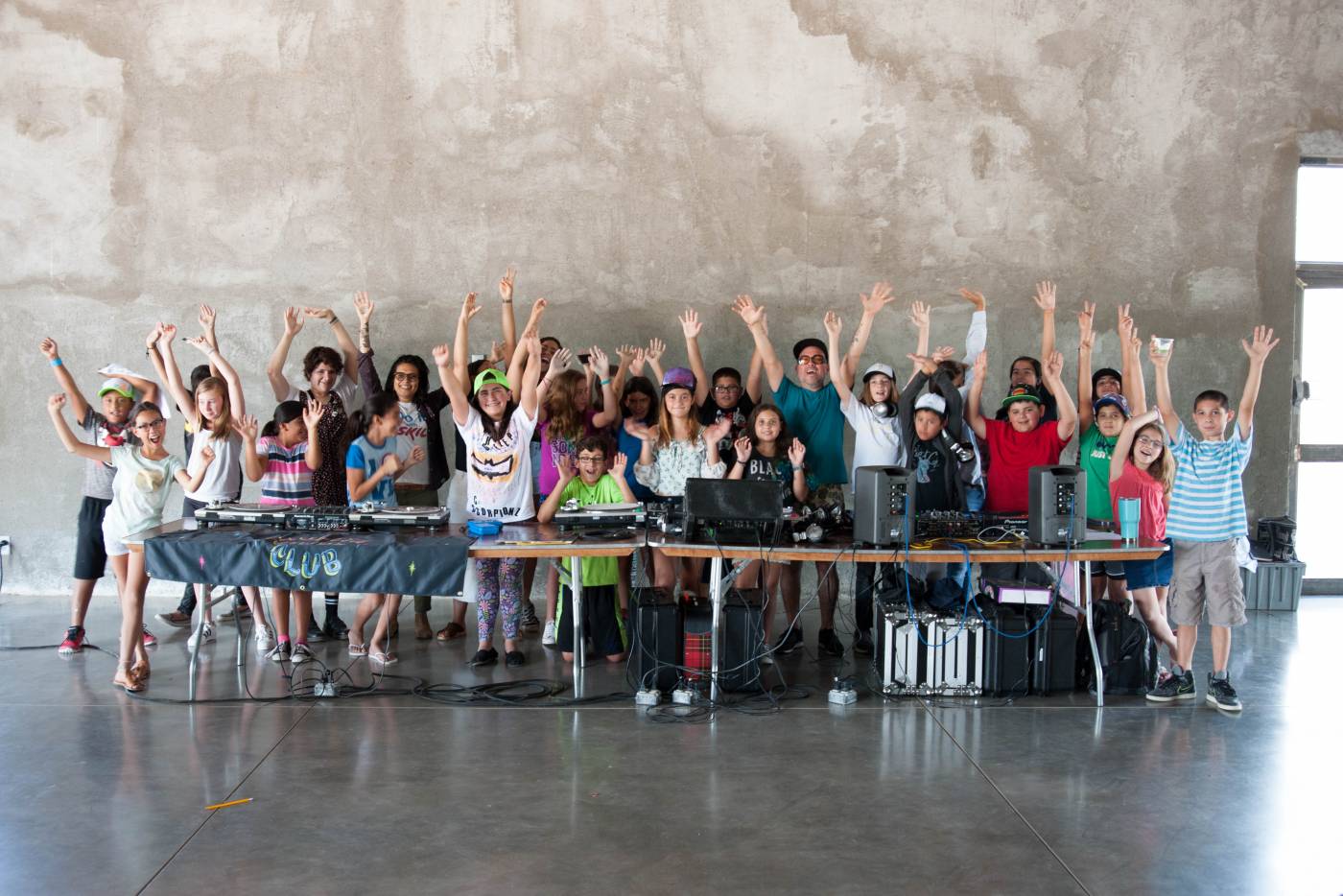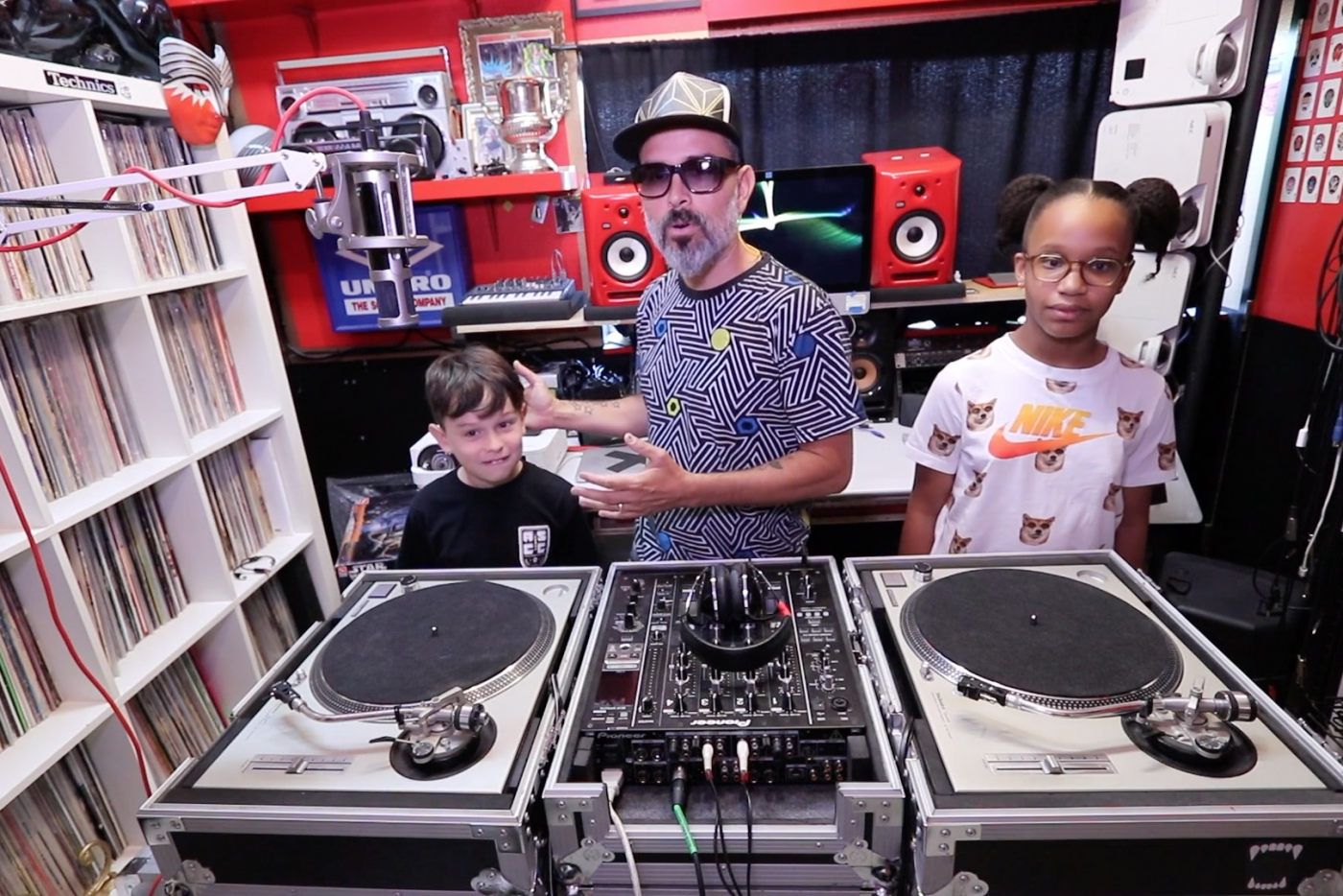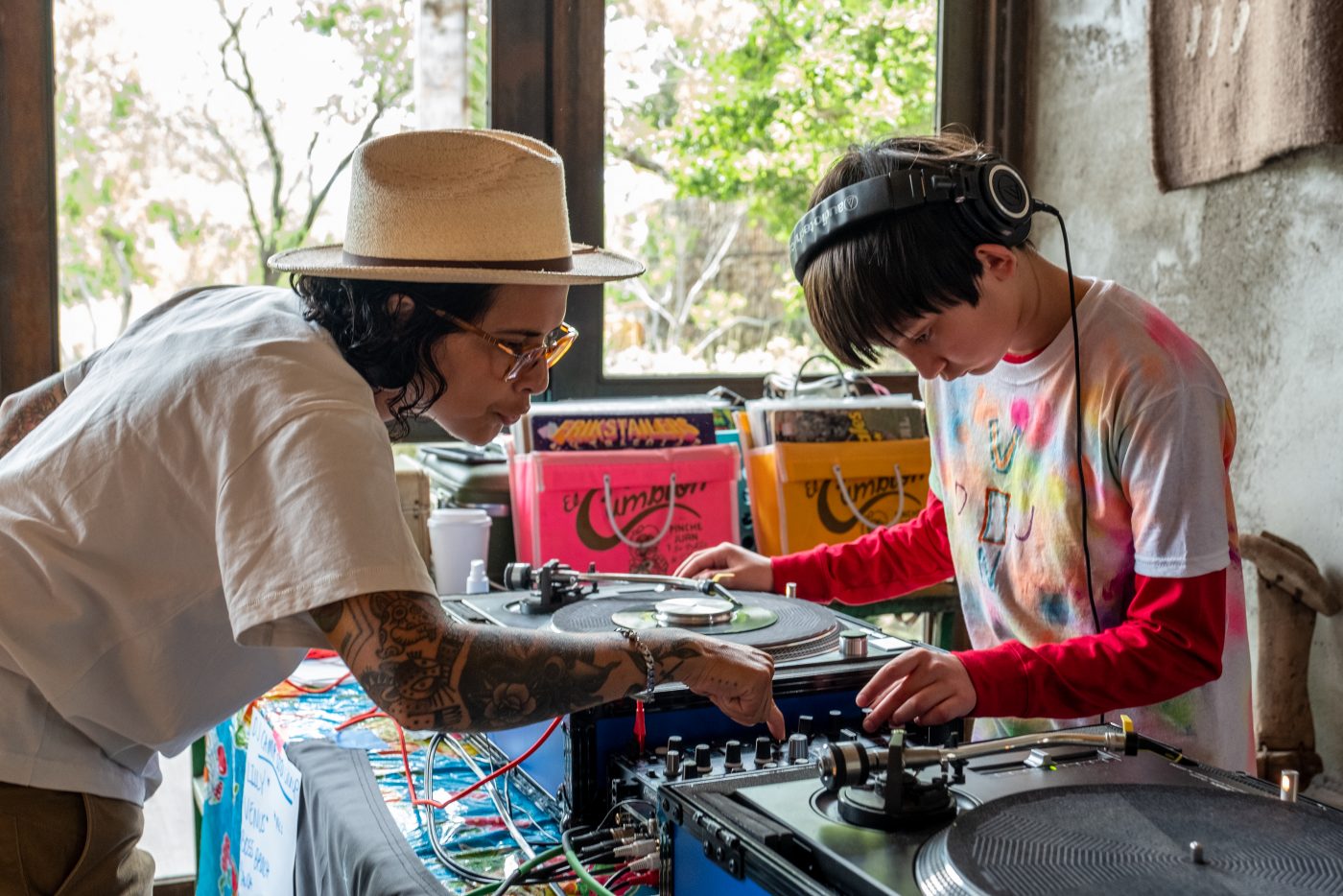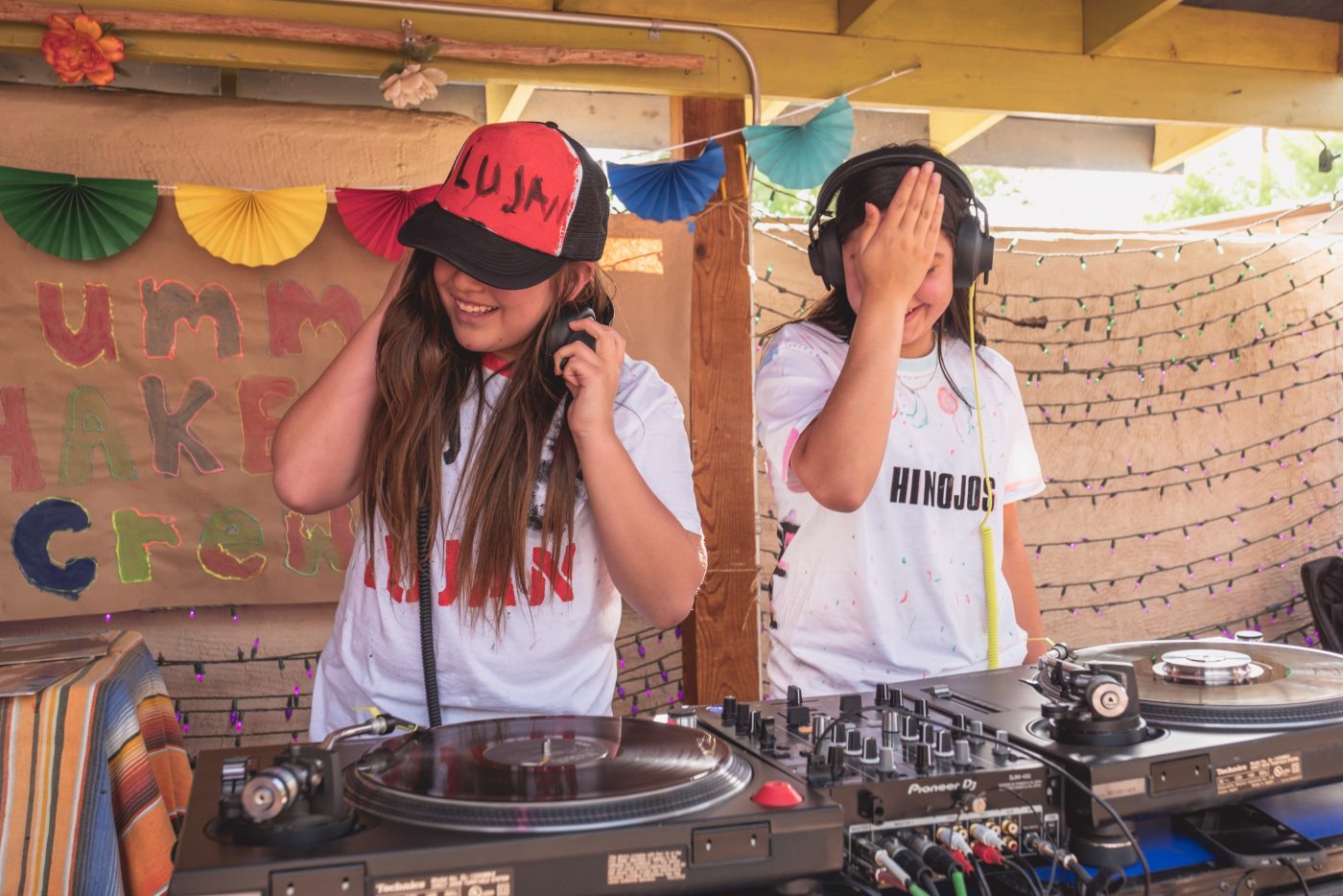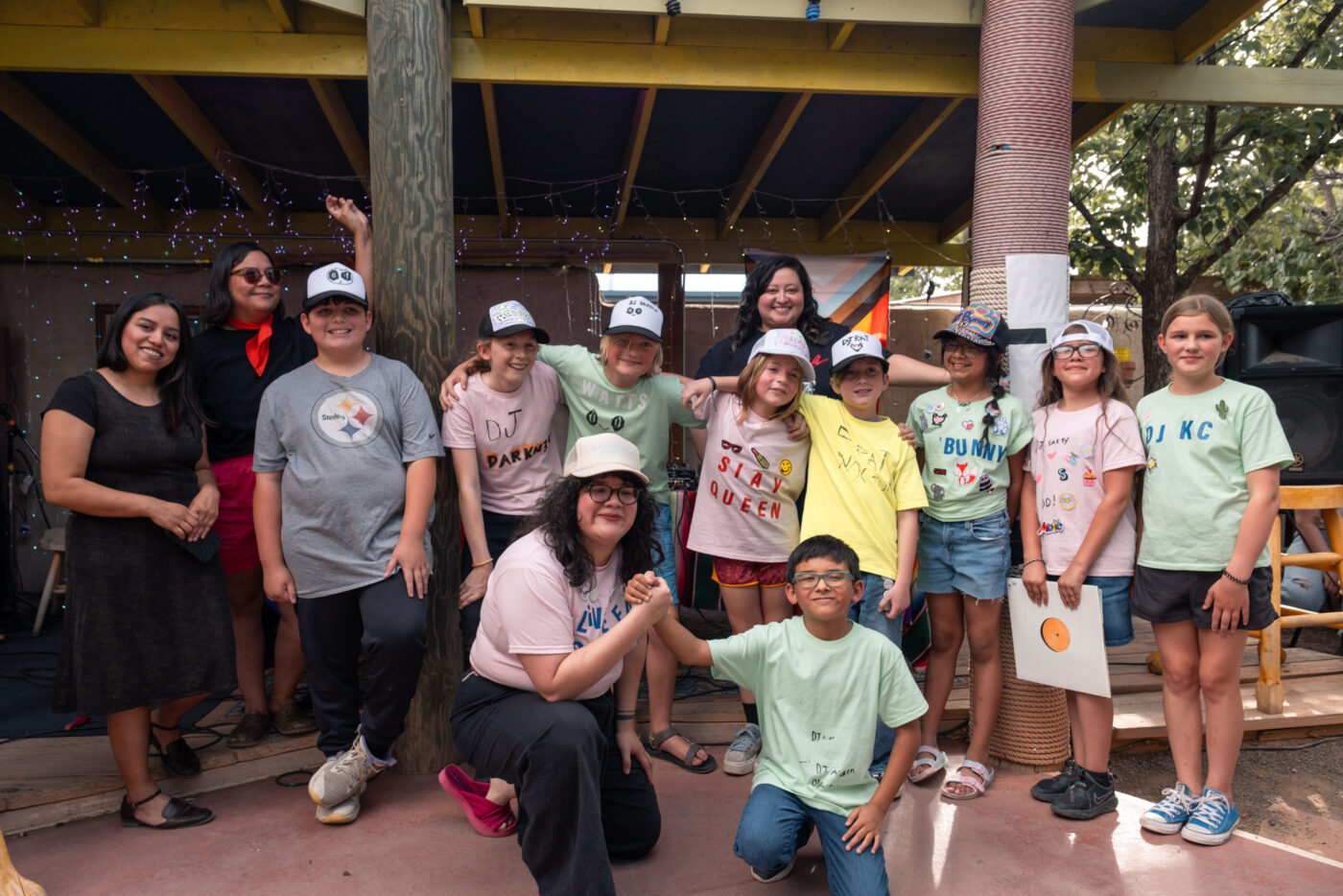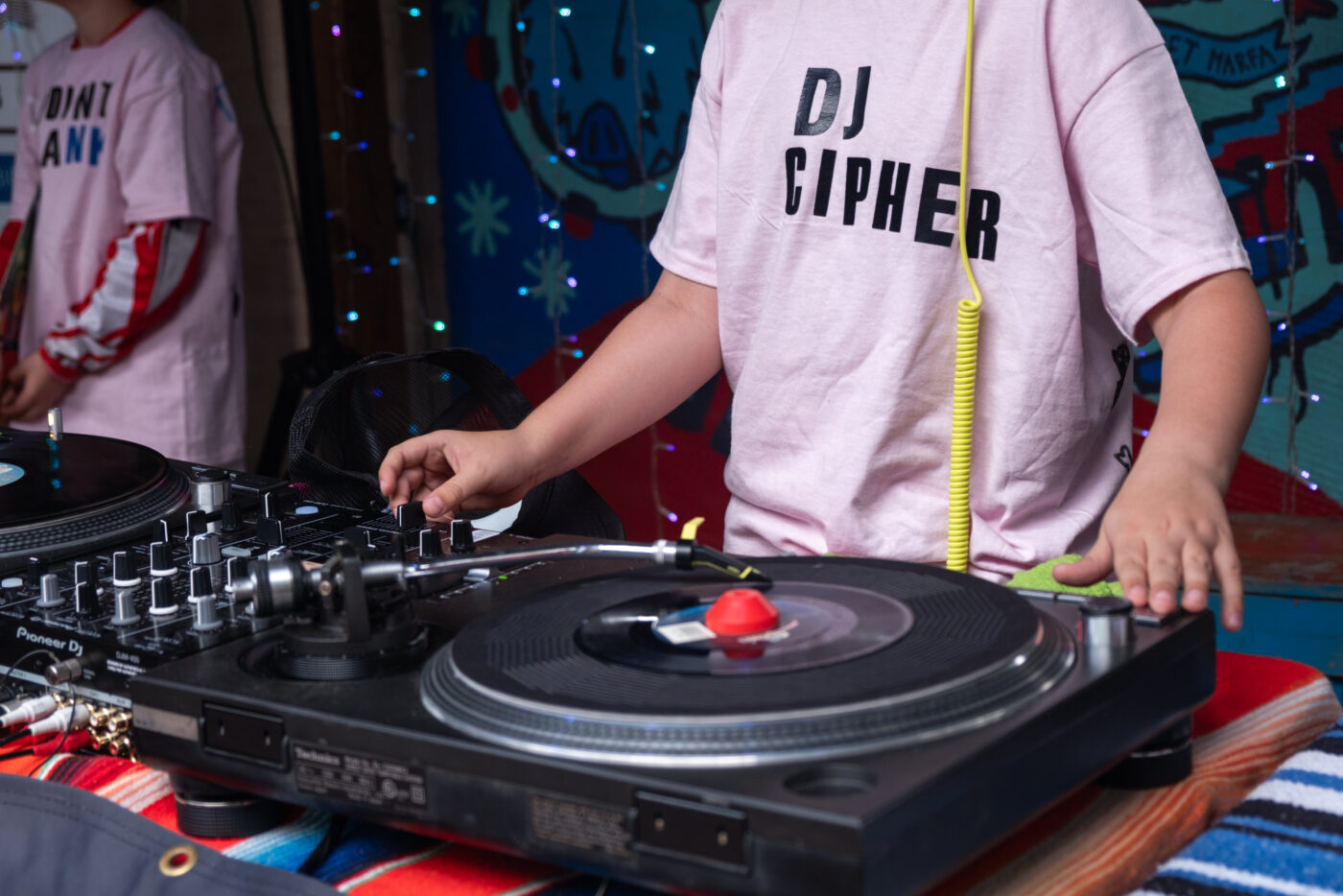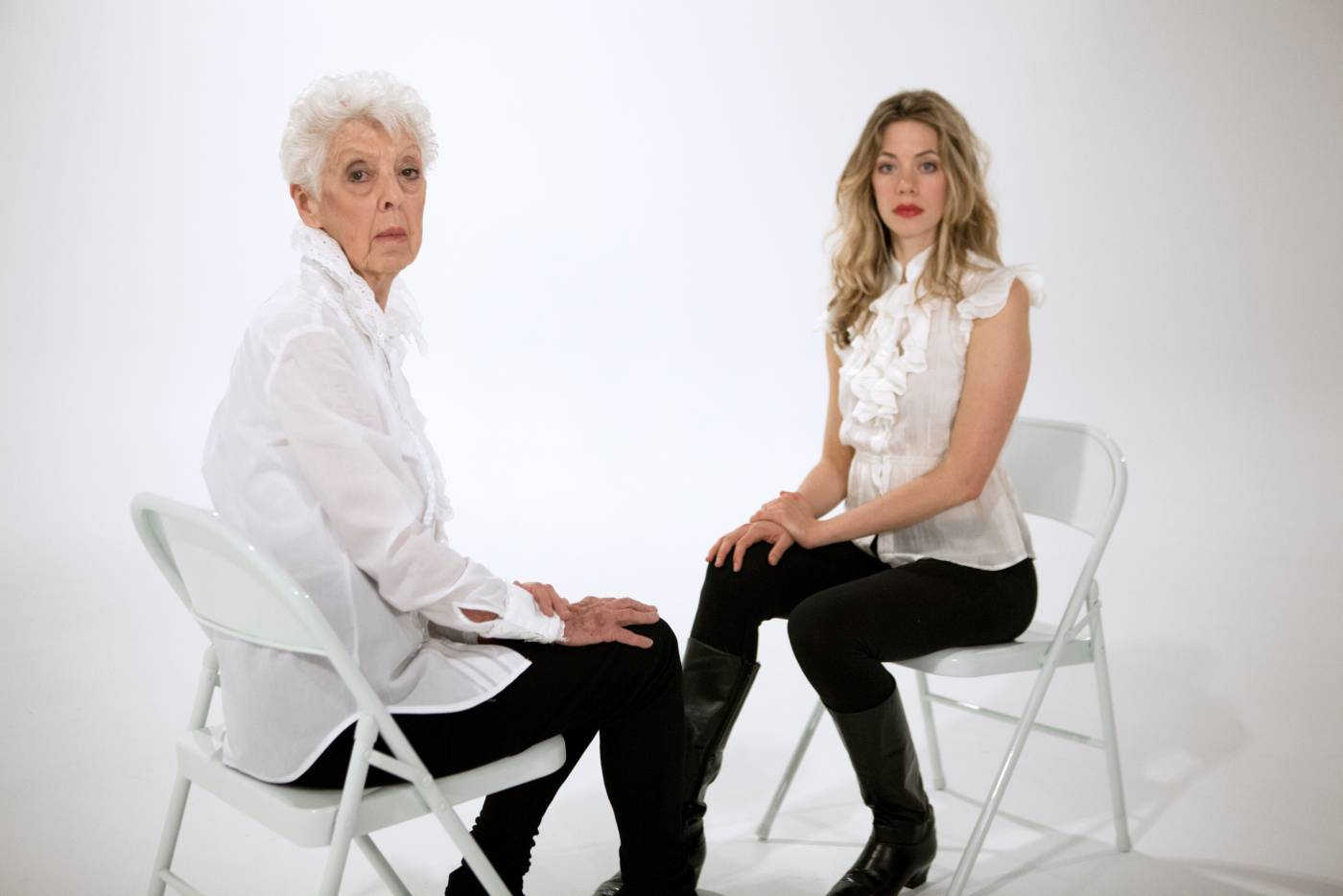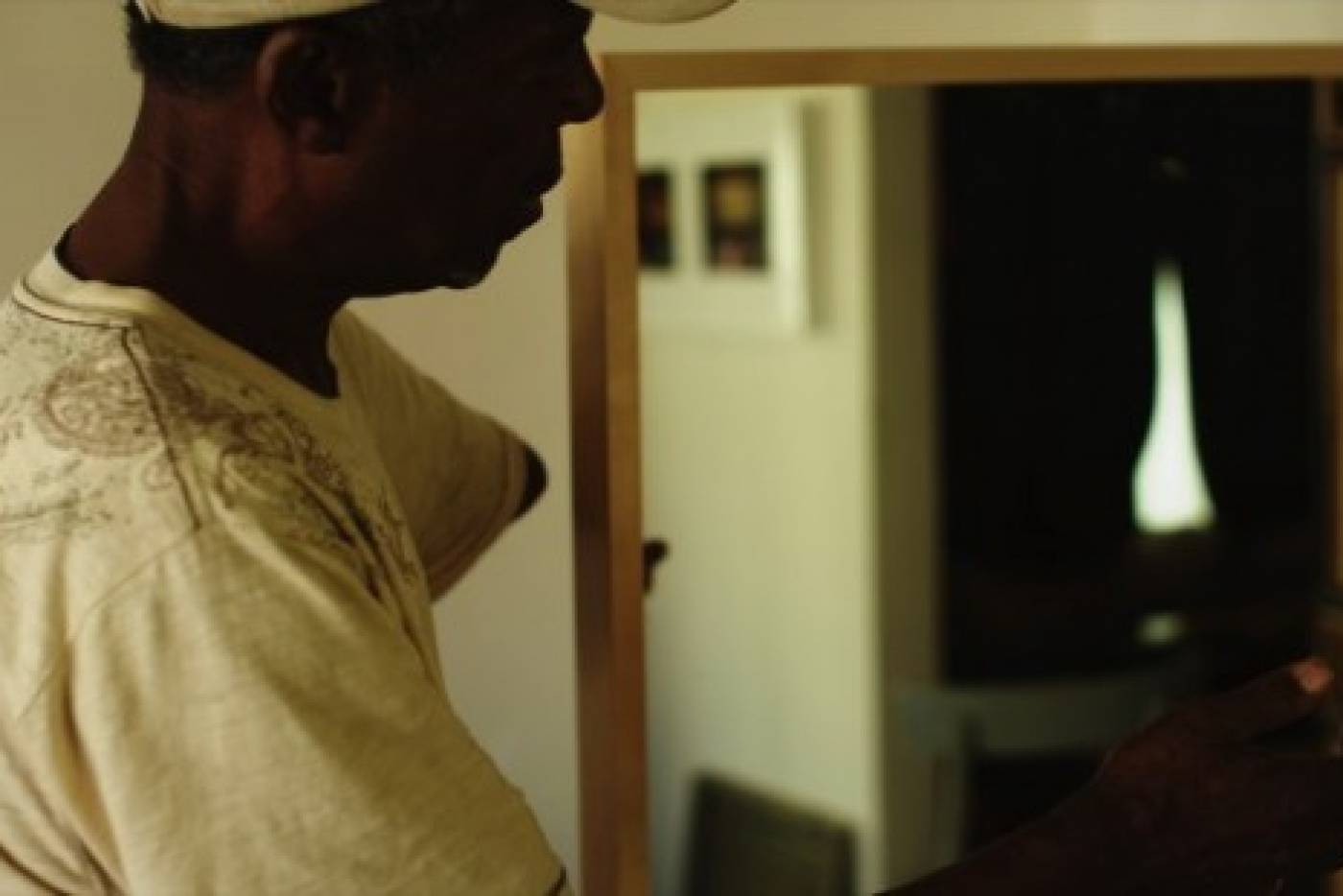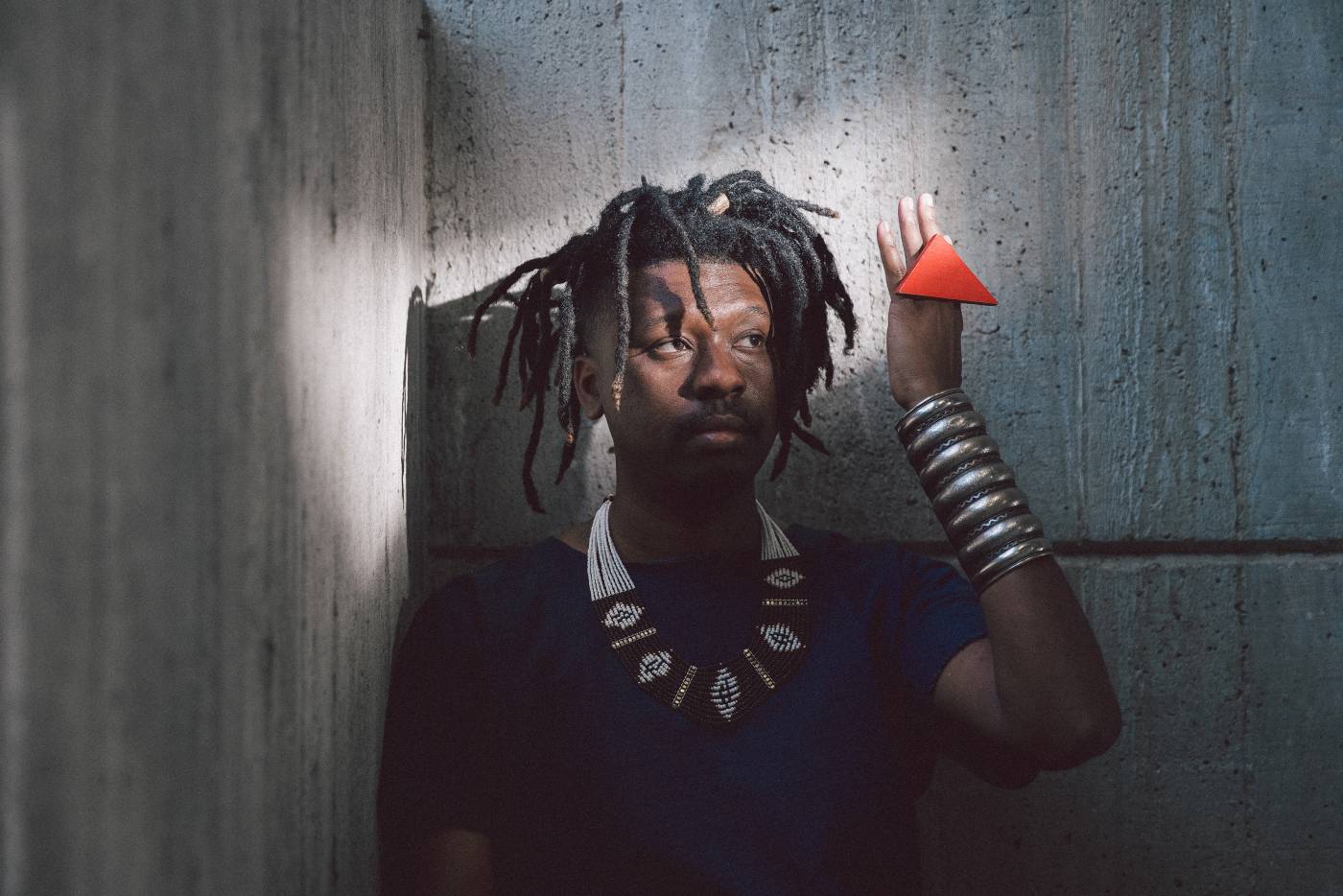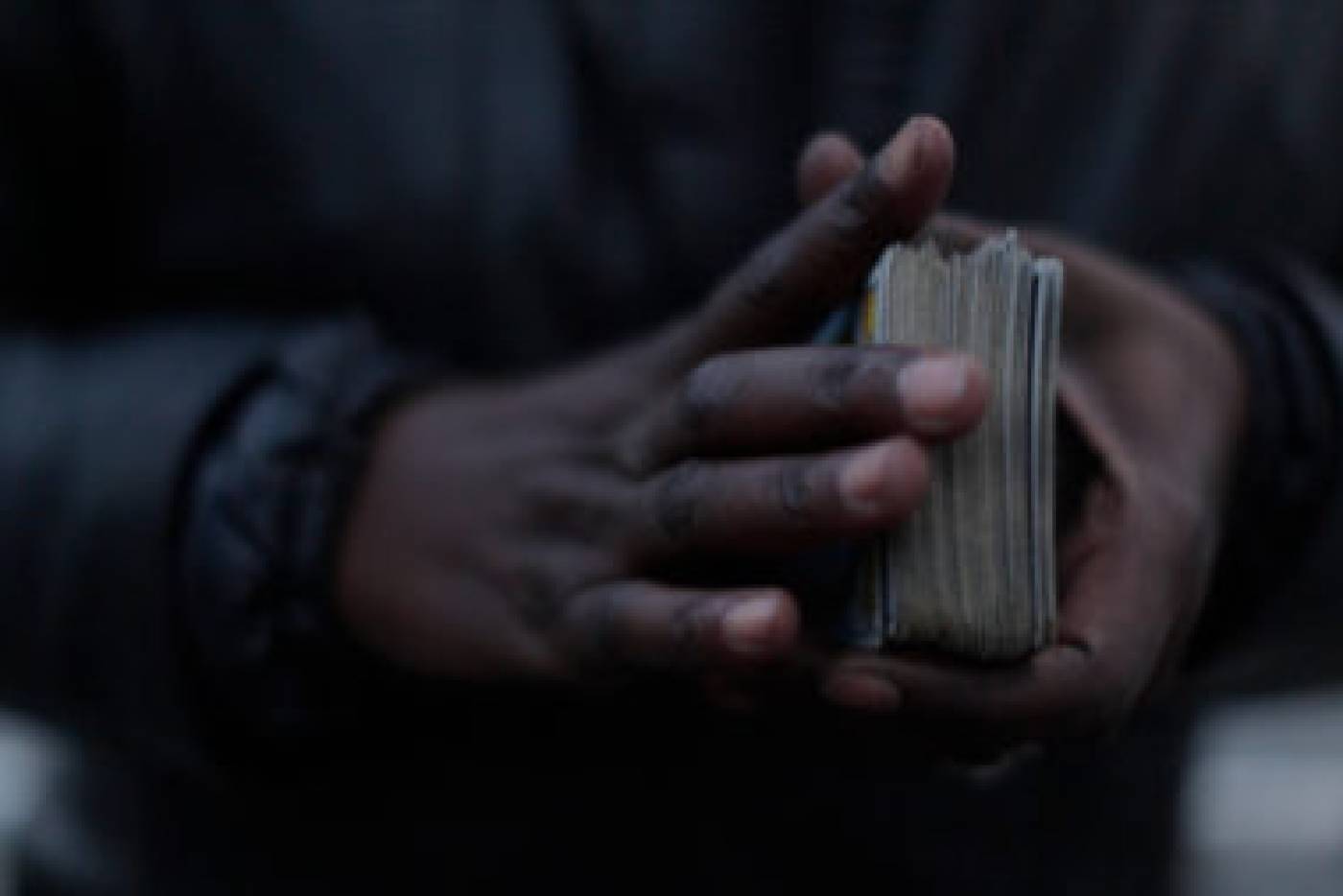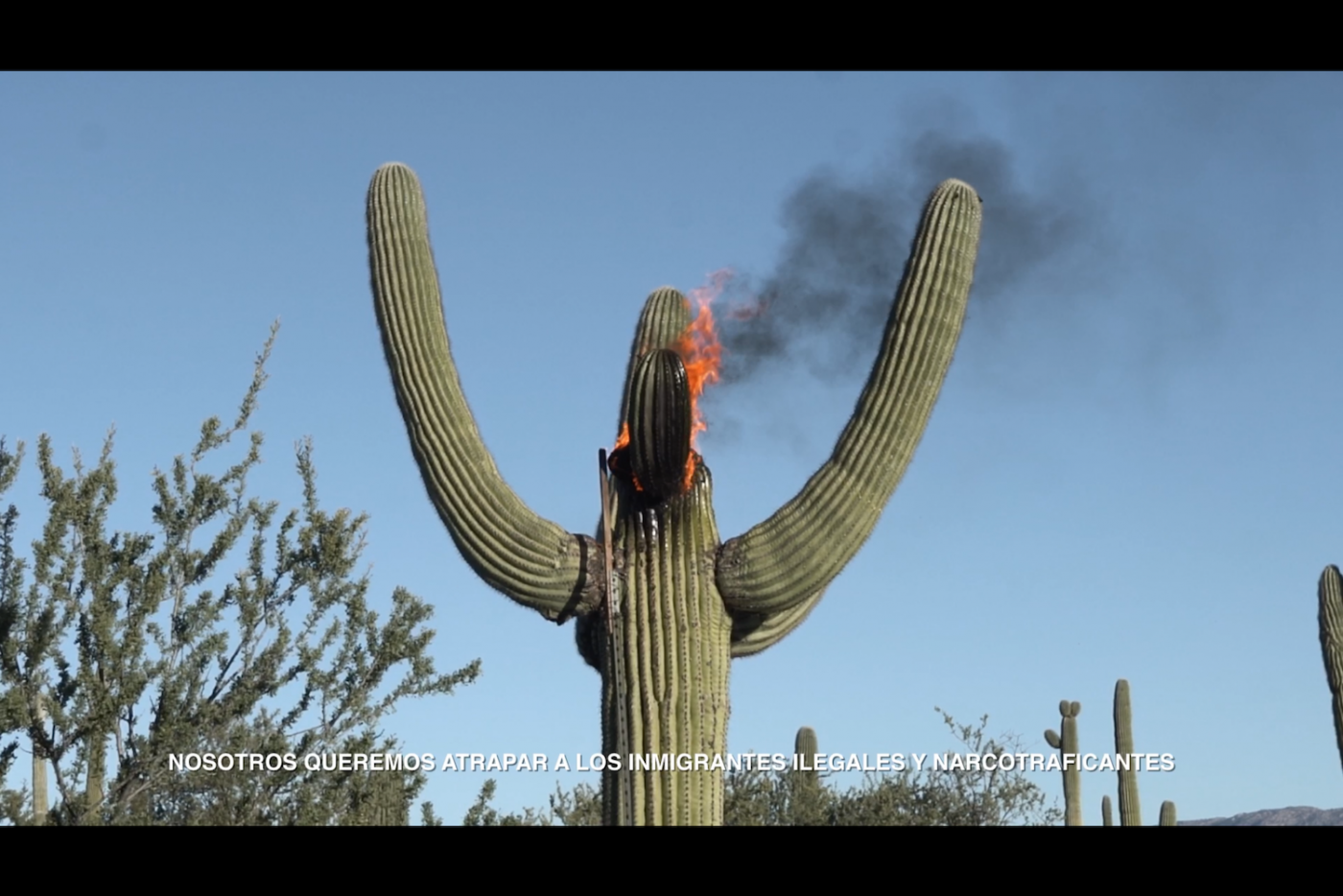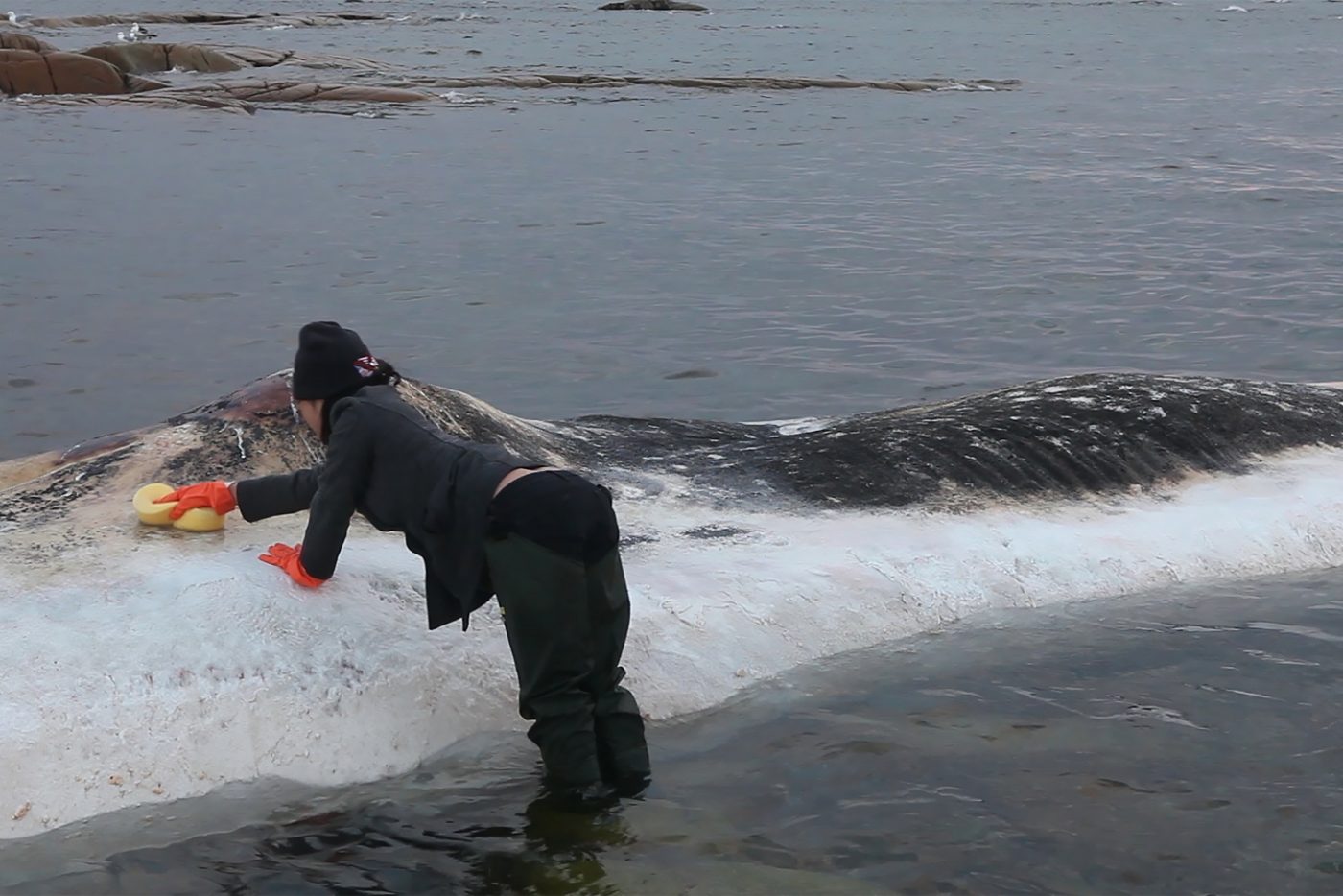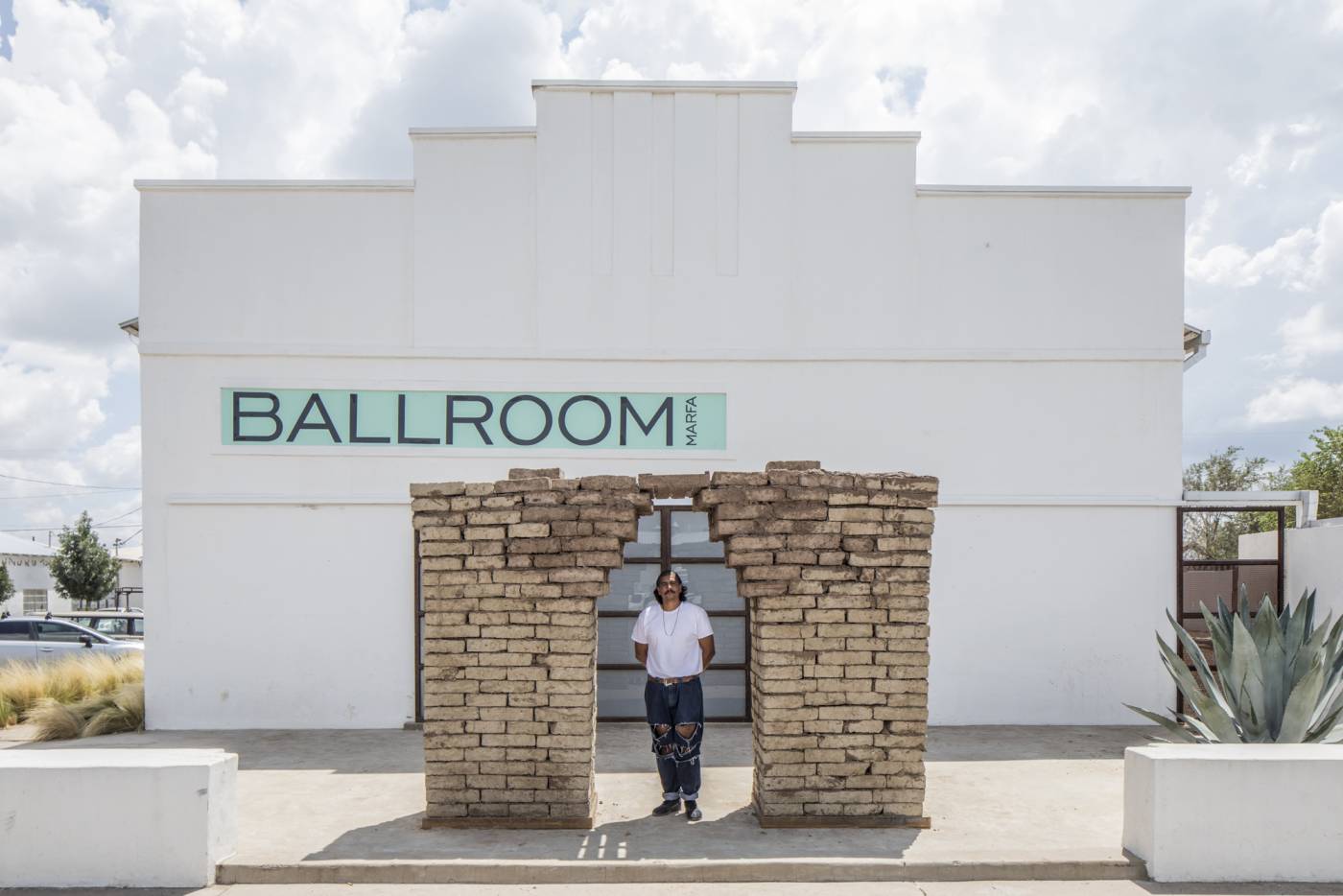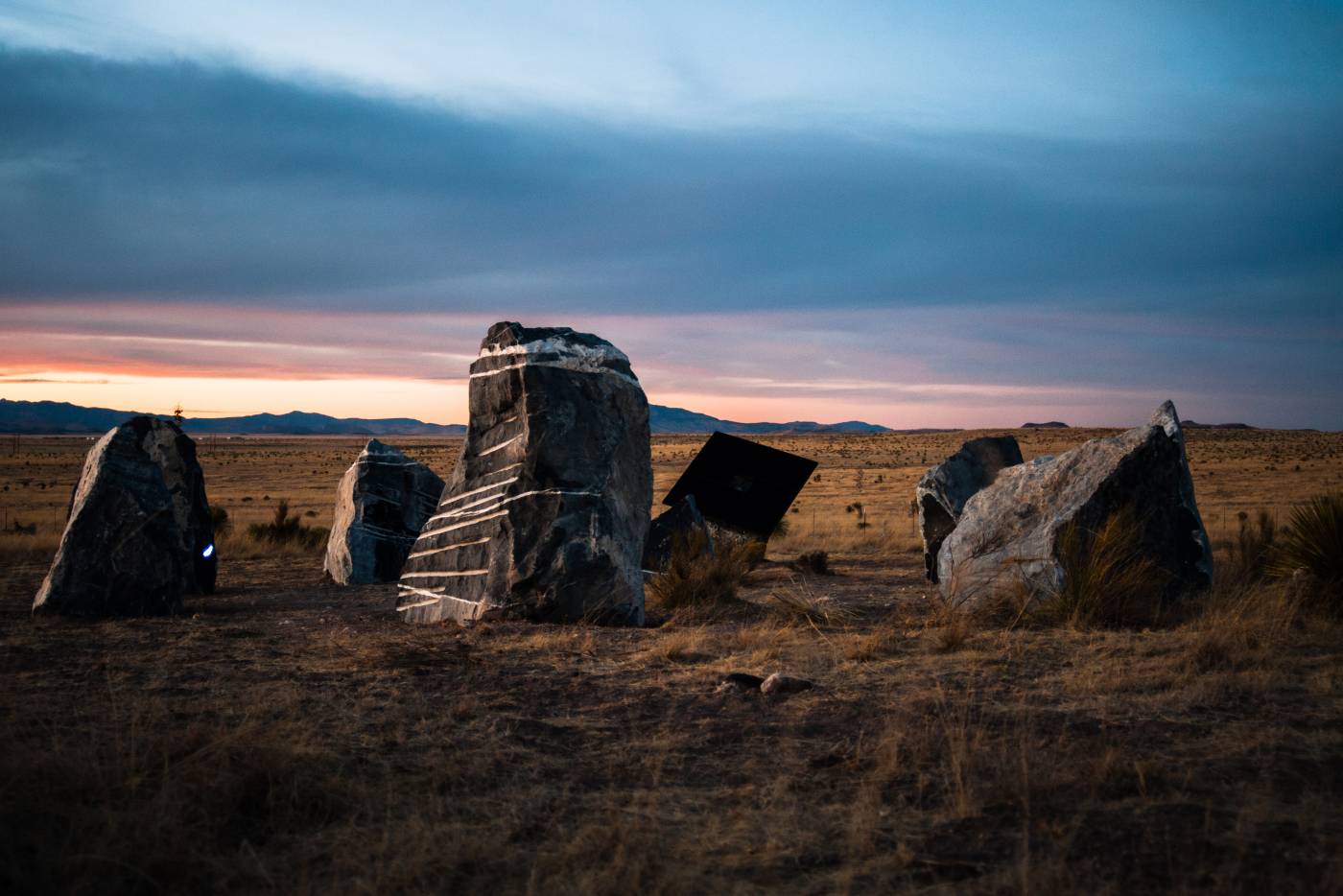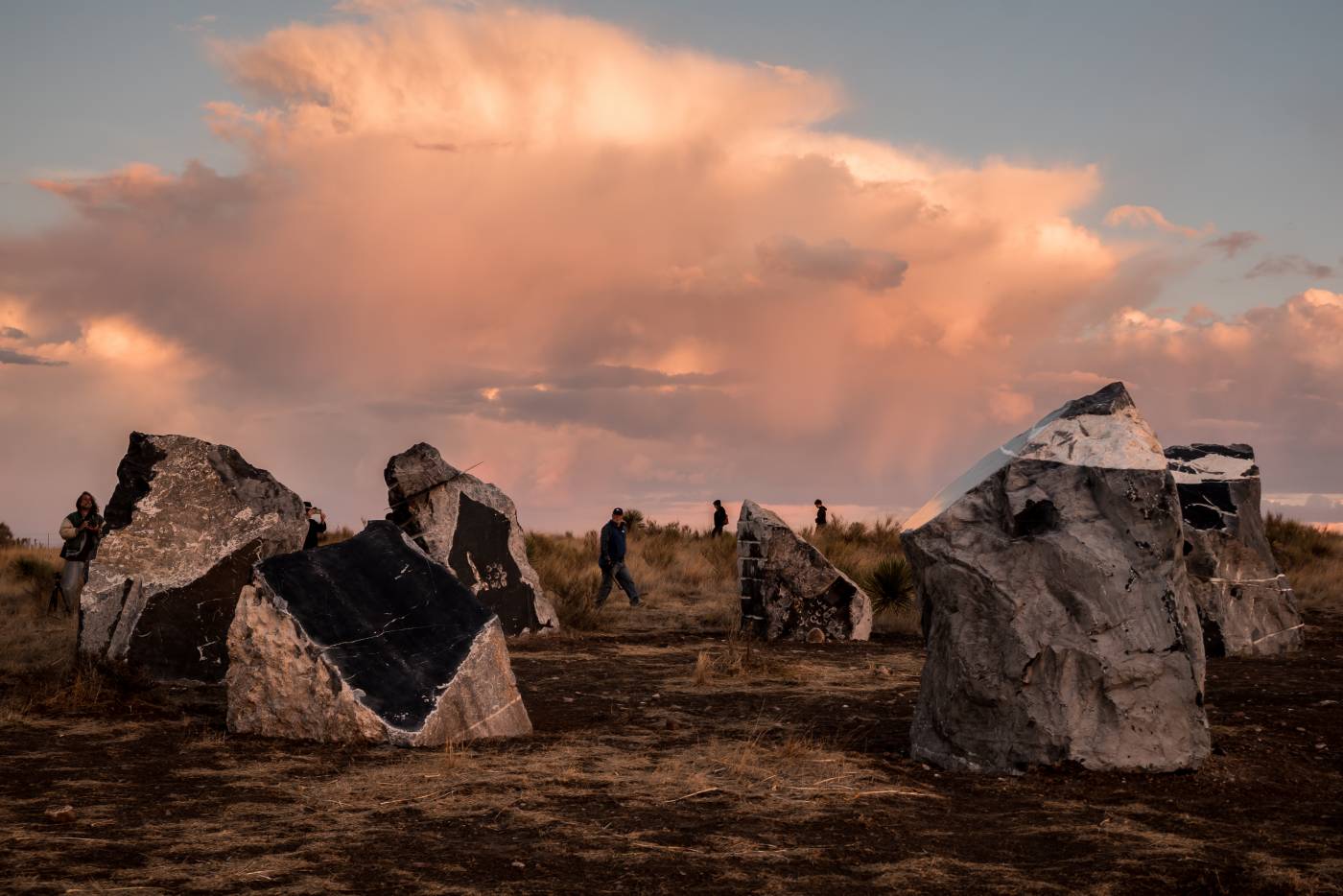Hyperobjects — Mineral
July 23, 2018
Free Exposure Soil Tasting
Free Exposure Soil Tasting – that’s right, soil tasting – with artist, activist, and ecologist Nance Klehm. The program took place at the Capri in Marfa.
Also known as geophagia, the practice of eating earth or soil-like substrates such as clay or chalk has a deep anthropological history and is practiced by various cultures around the world. For this program Klehm collected soil from various locations around Marfa, Presidio, El Paso and the Midwestern tall grass prairie, and guided participants through a multisensory exploration of these samples, including a tasting, where the presence of certain minerals and biological processes cause the different ‘notes’ and flavors.
Klehm was one of the artists in Ballroom’s exhibition, Hyperobjects. For her commissioned, site specific work, she dug holes in Ballroom’s courtyard: burrowing, creating heaps, analyzing soil, cataloging detritus, and giving visitors an opportunity to be physically immersed in earth. After the soil tasting, Klehm shared her experience working in Marfa and her broader engagements with land politics and soil health.
Hyperobjects — Mineral, was part of a three-part Hyperlocal Ecologies program. Ballroom also hosted Animal and Vegetable.
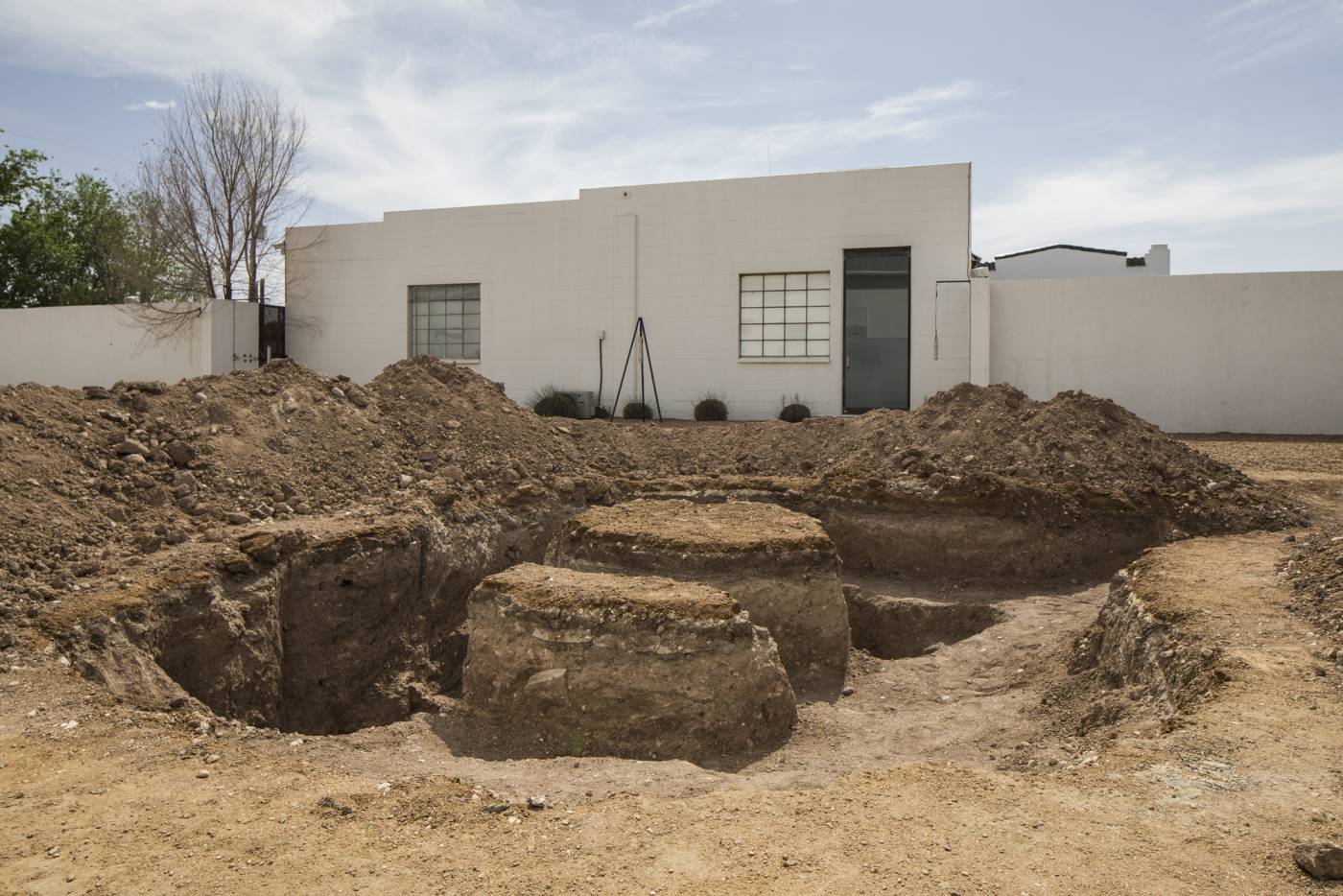
Visual Art
Hyperobjects
13 Apr 2018 – 4 Nov 2018
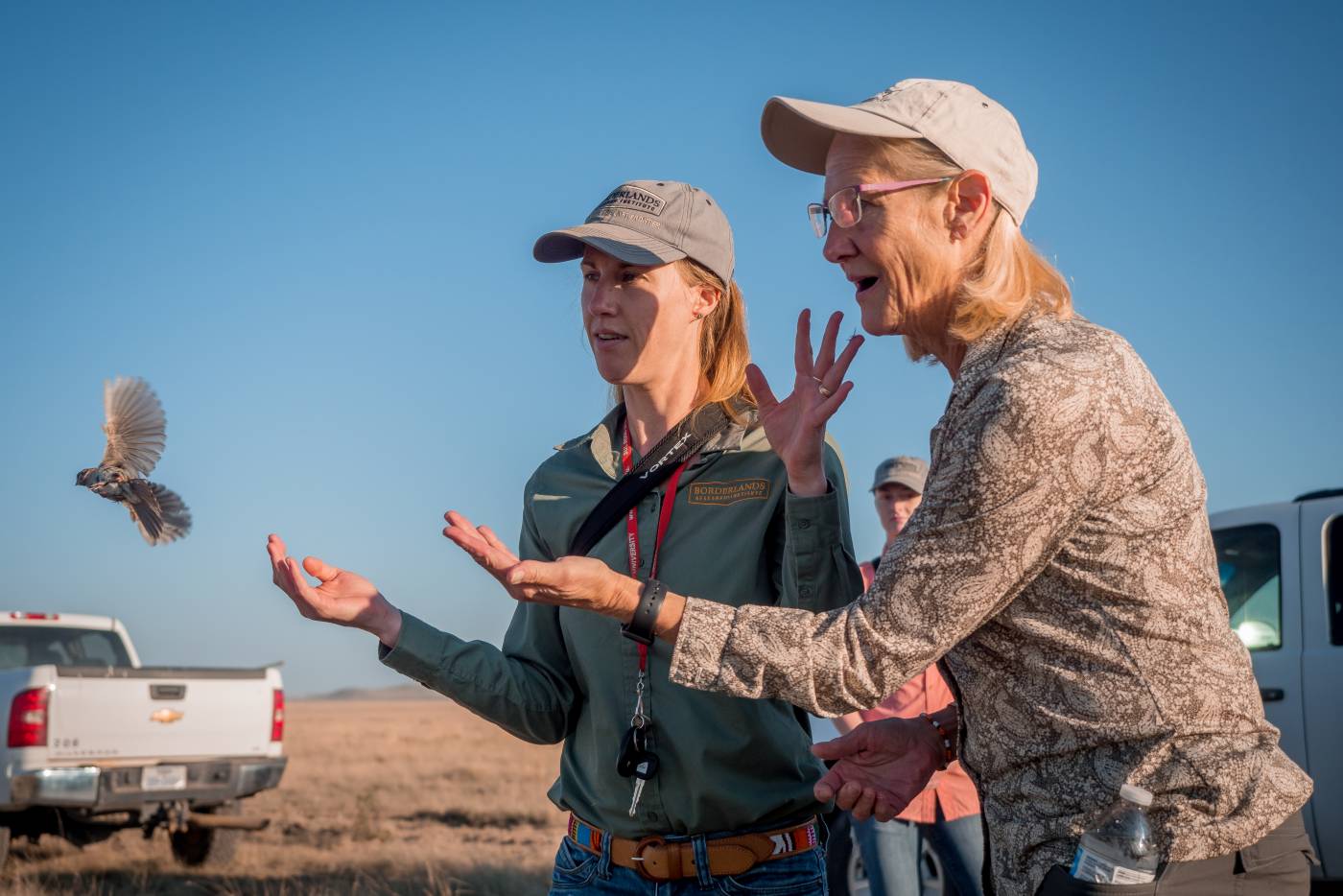
Education
Hyperobjects – Animal
5 Aug 2018
